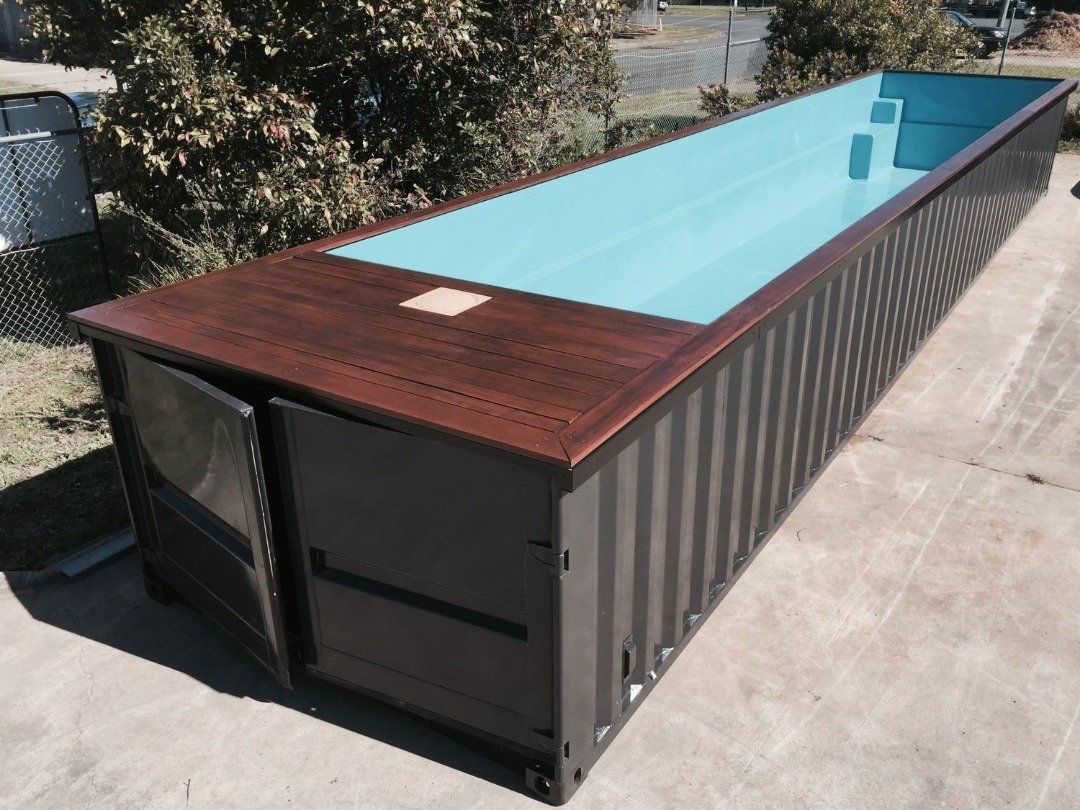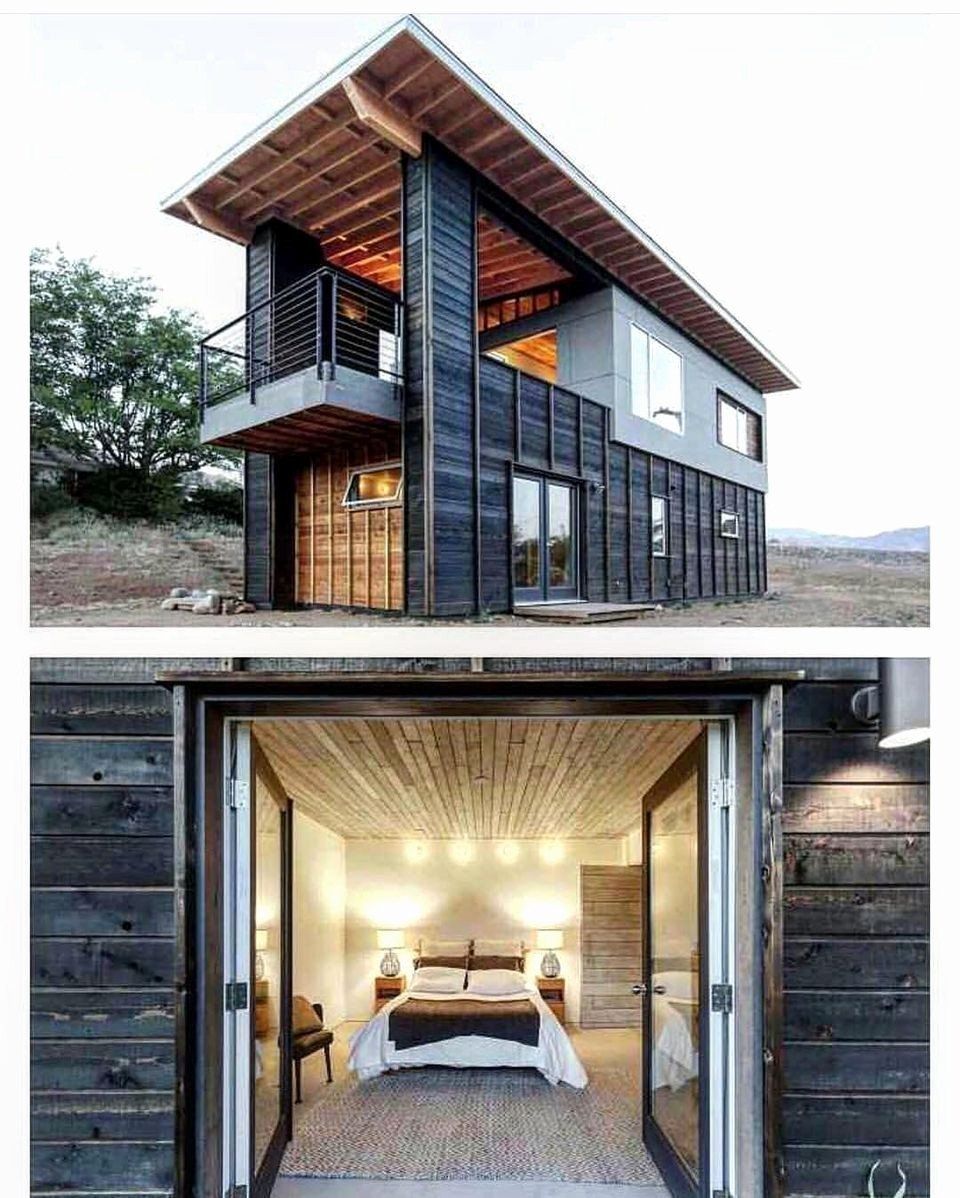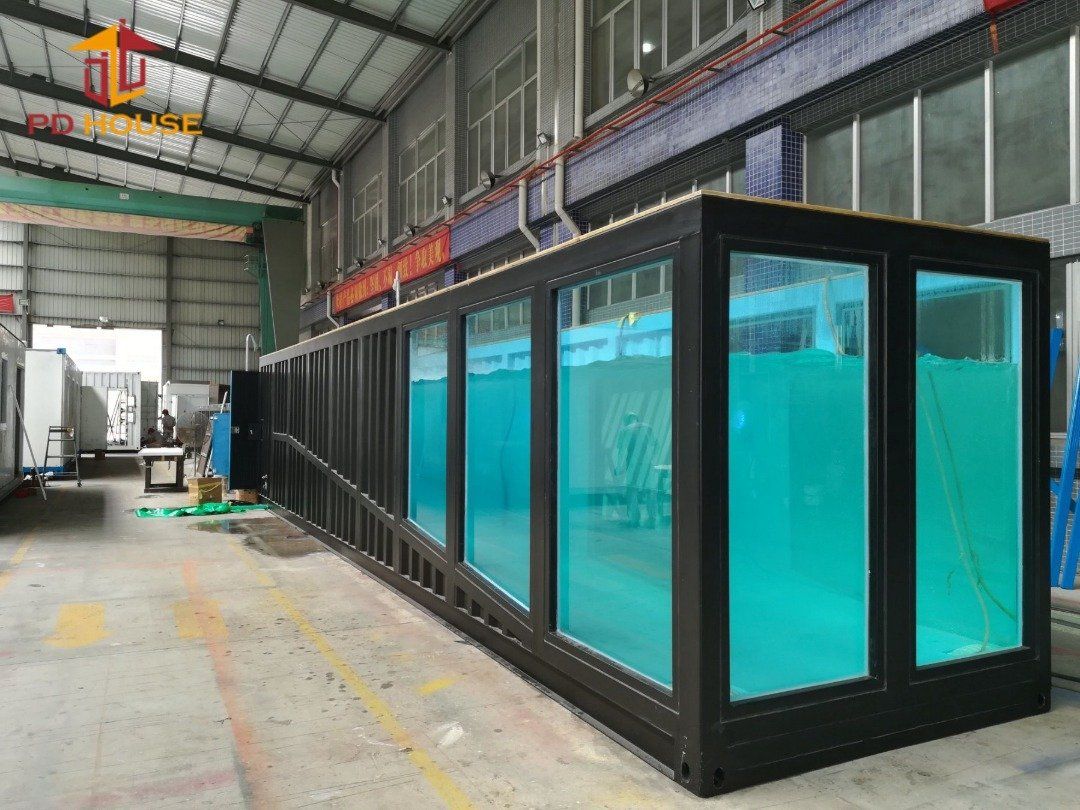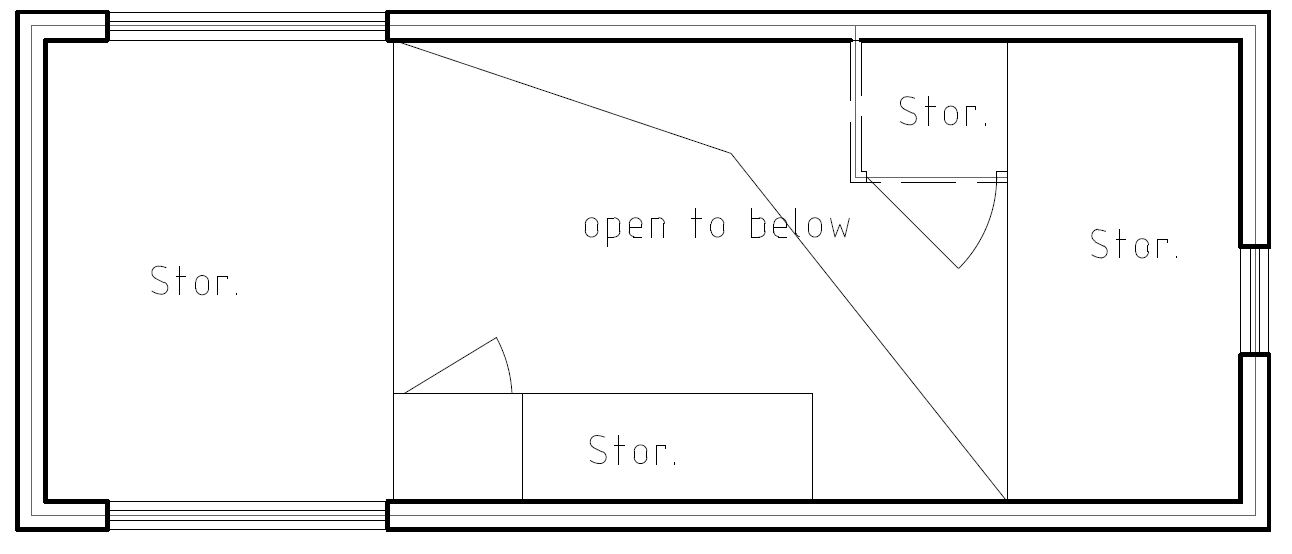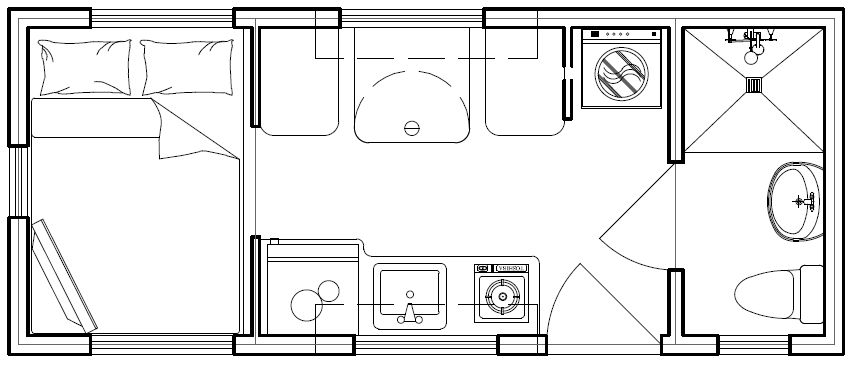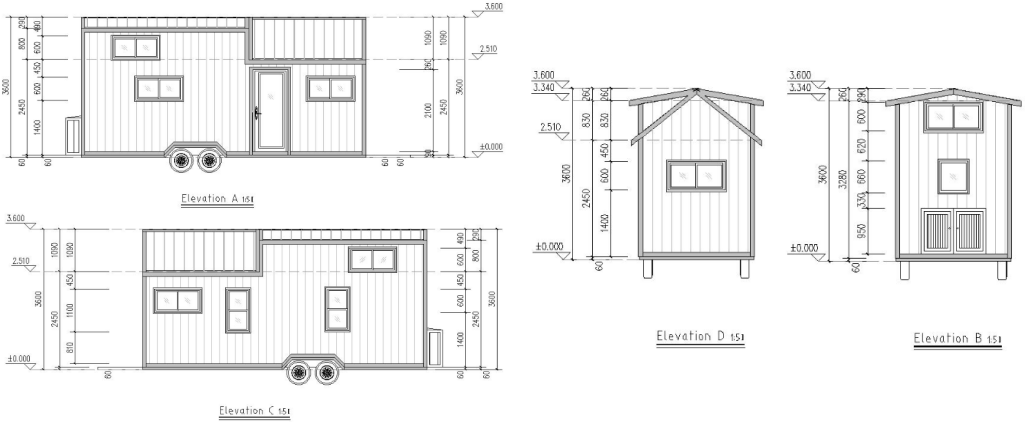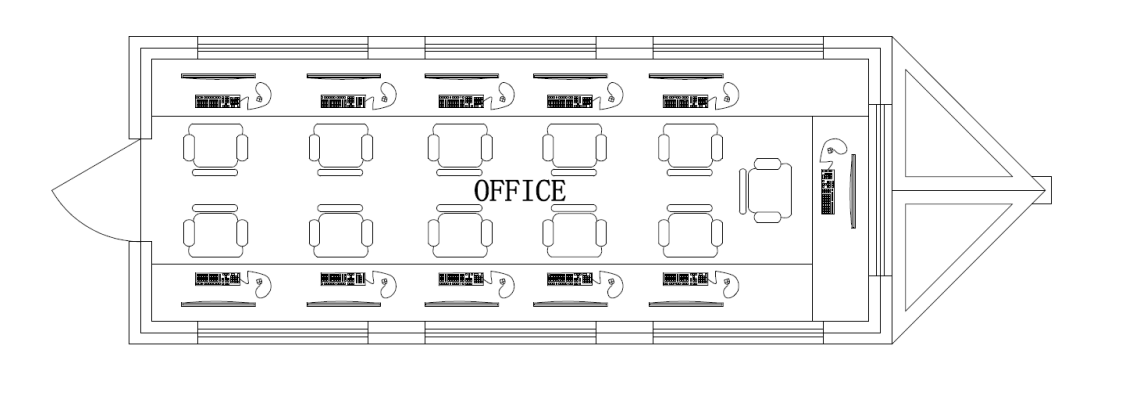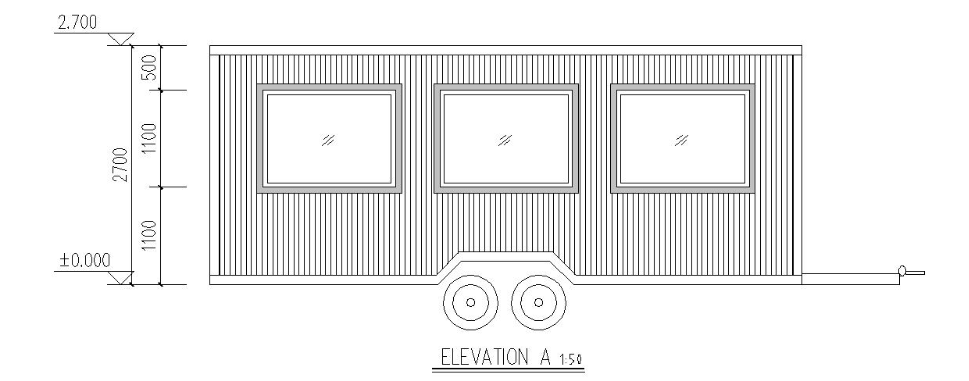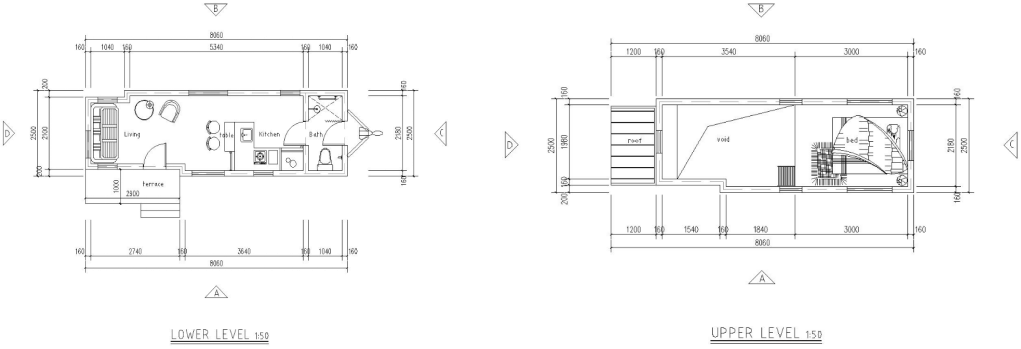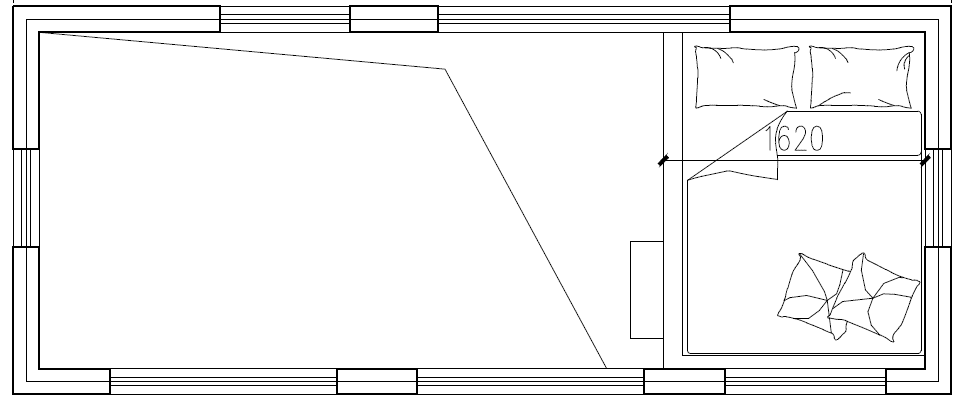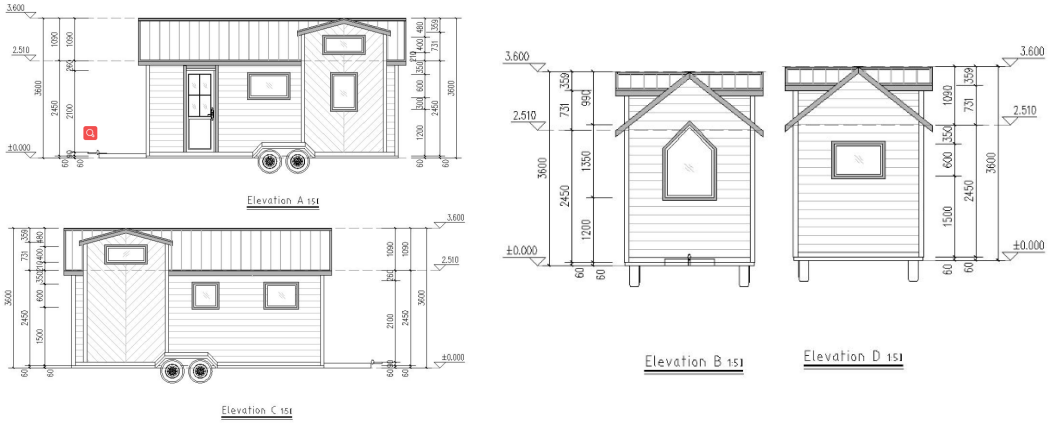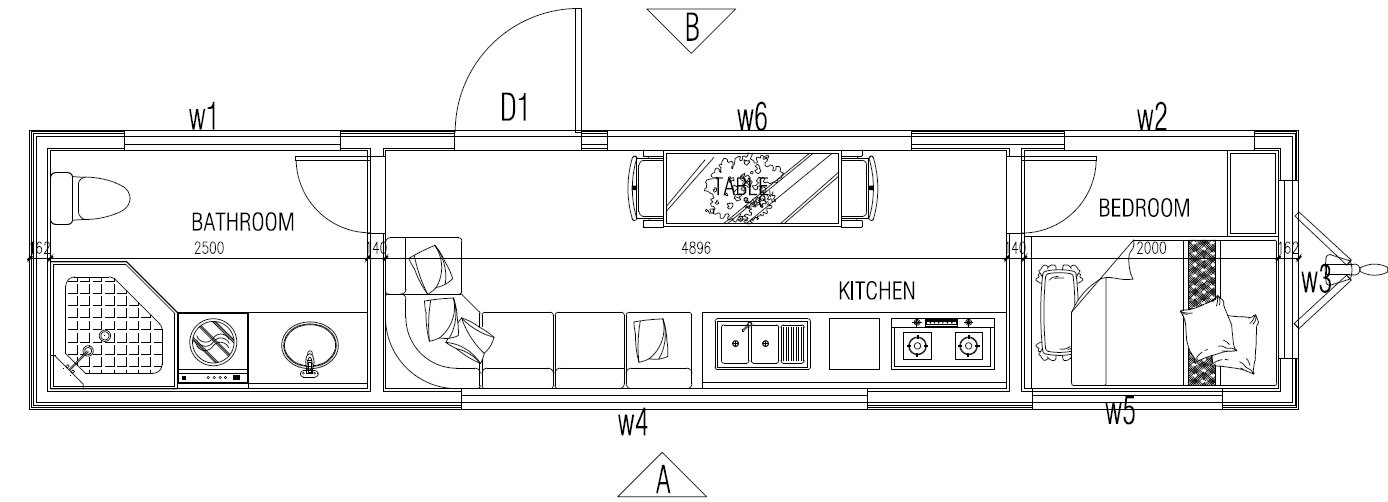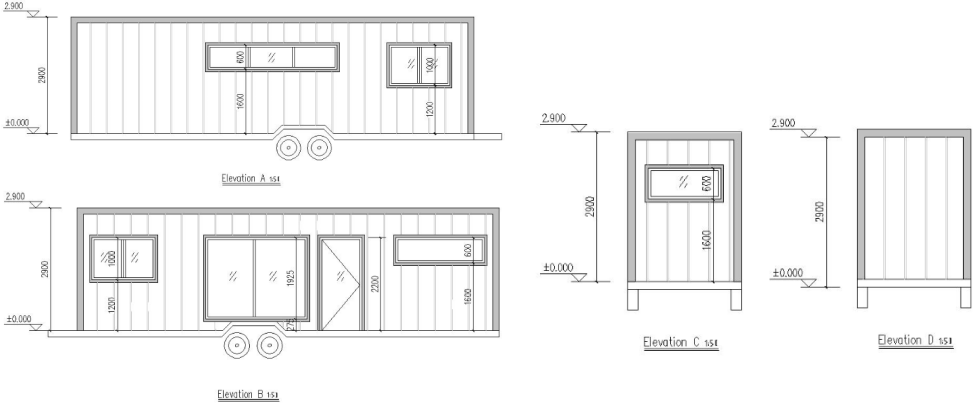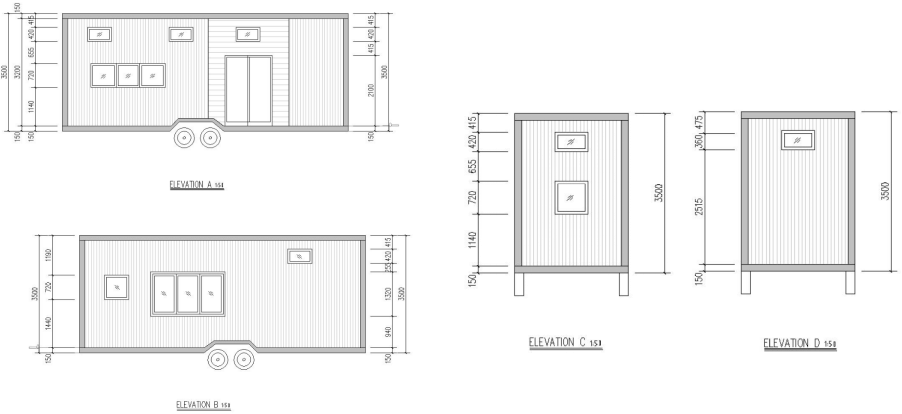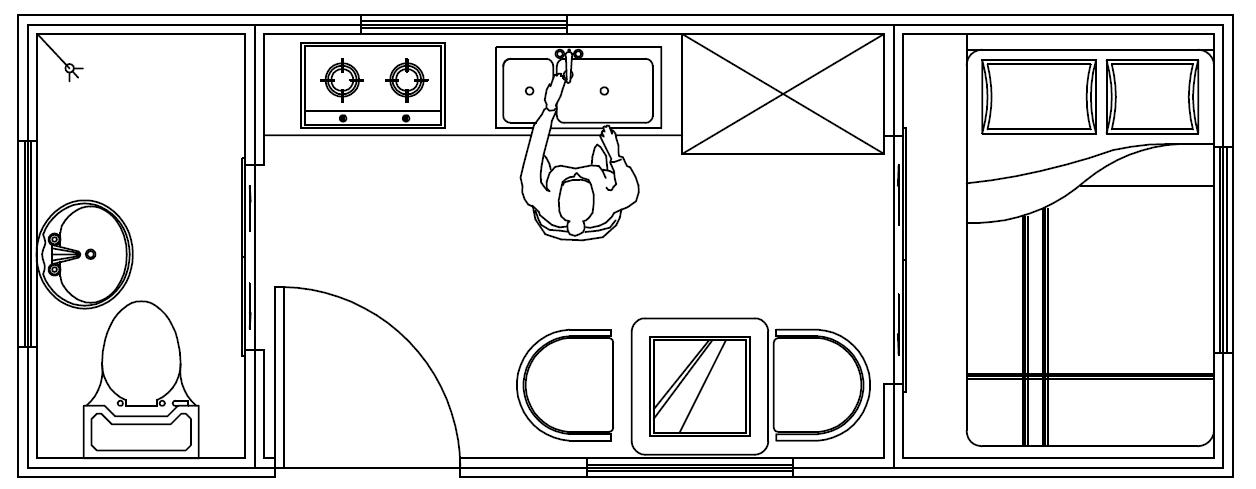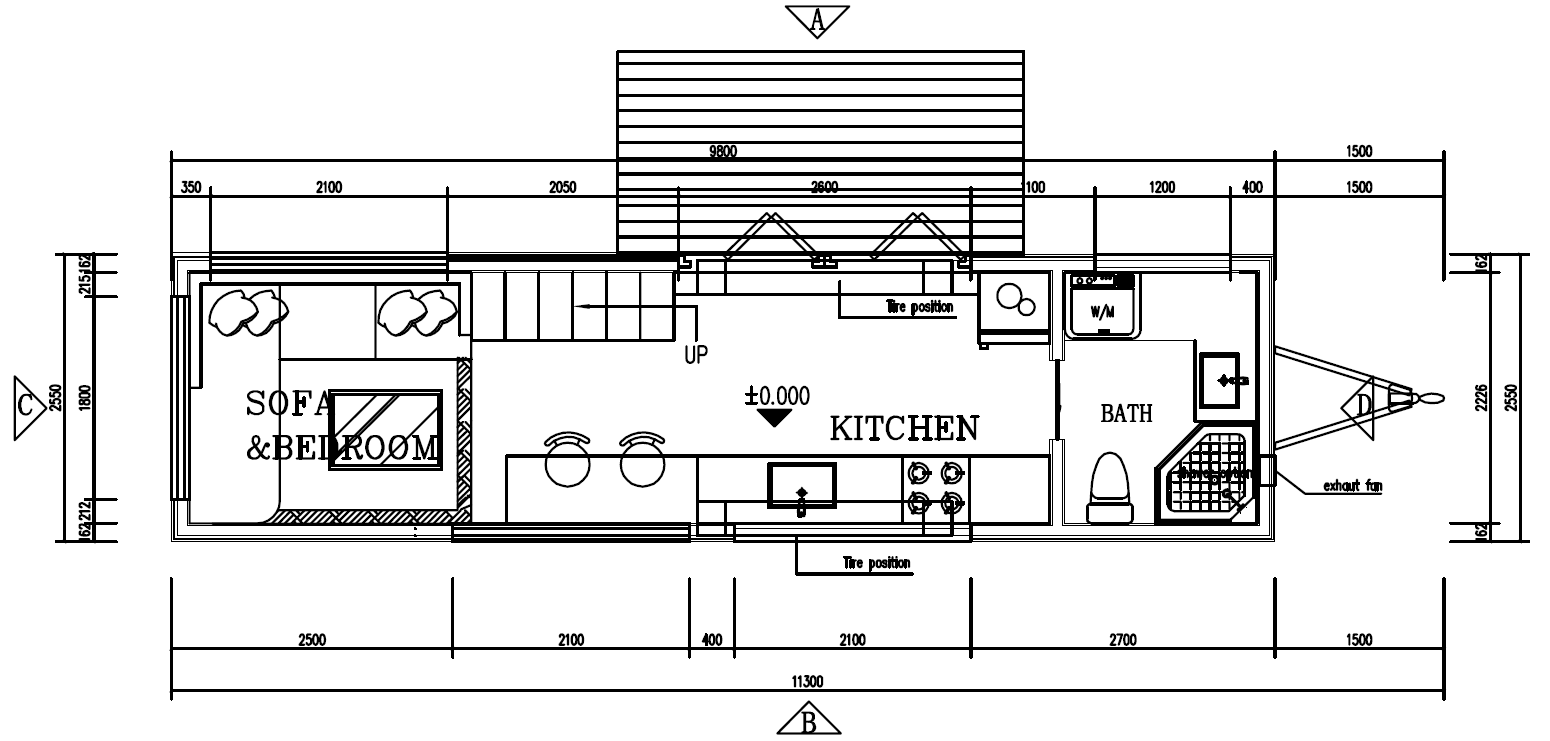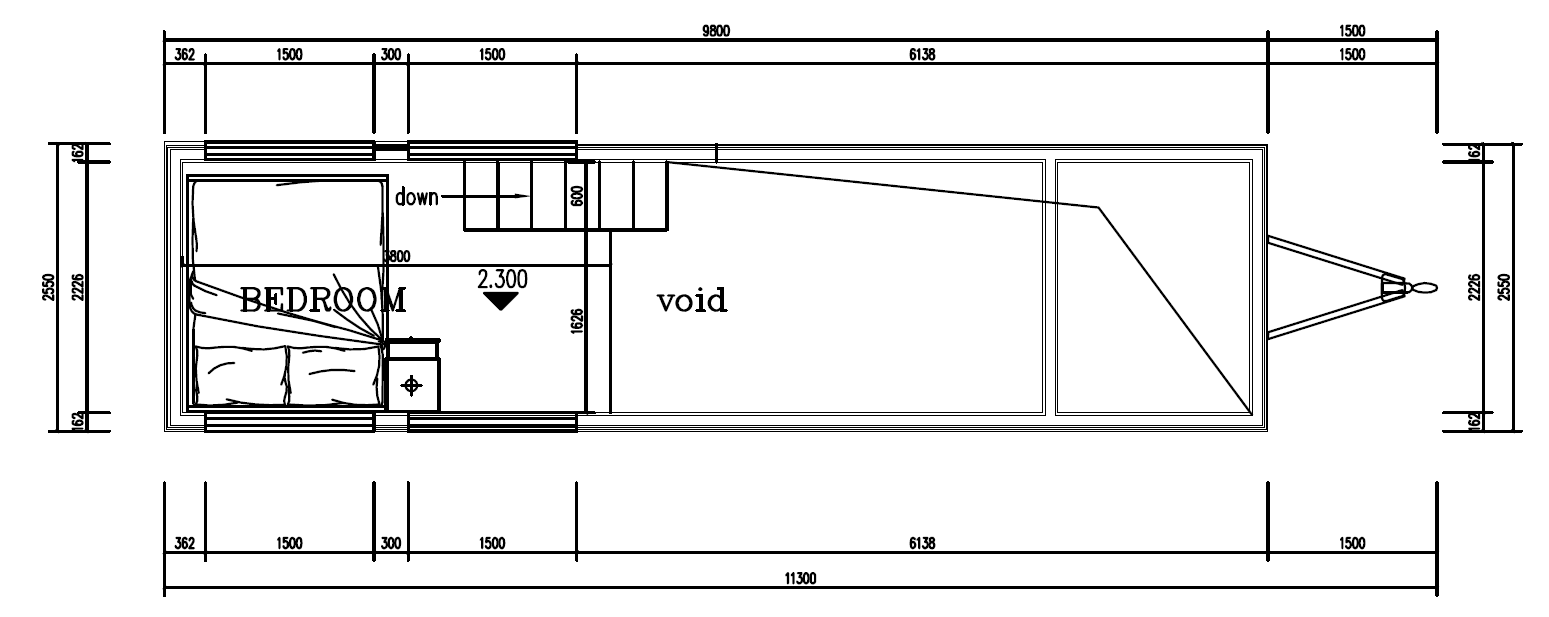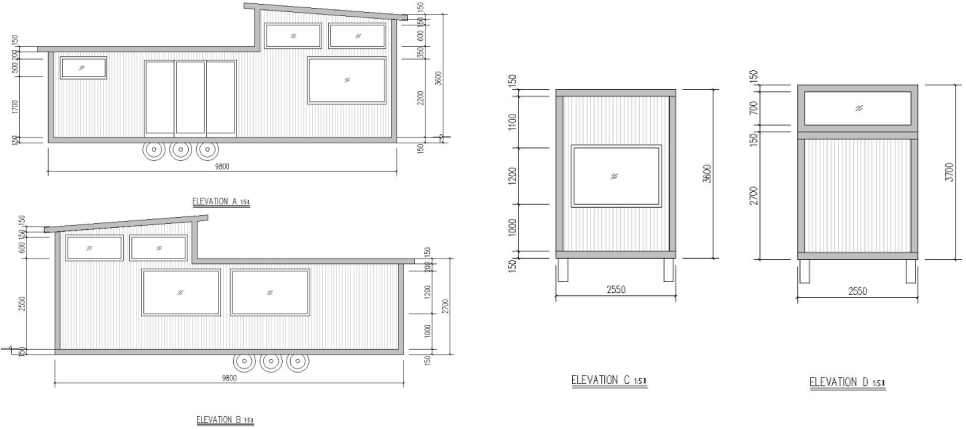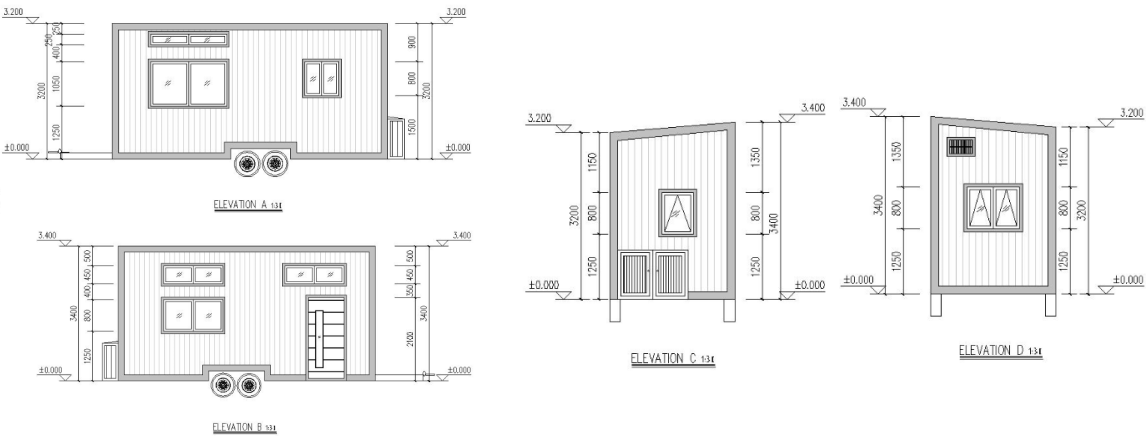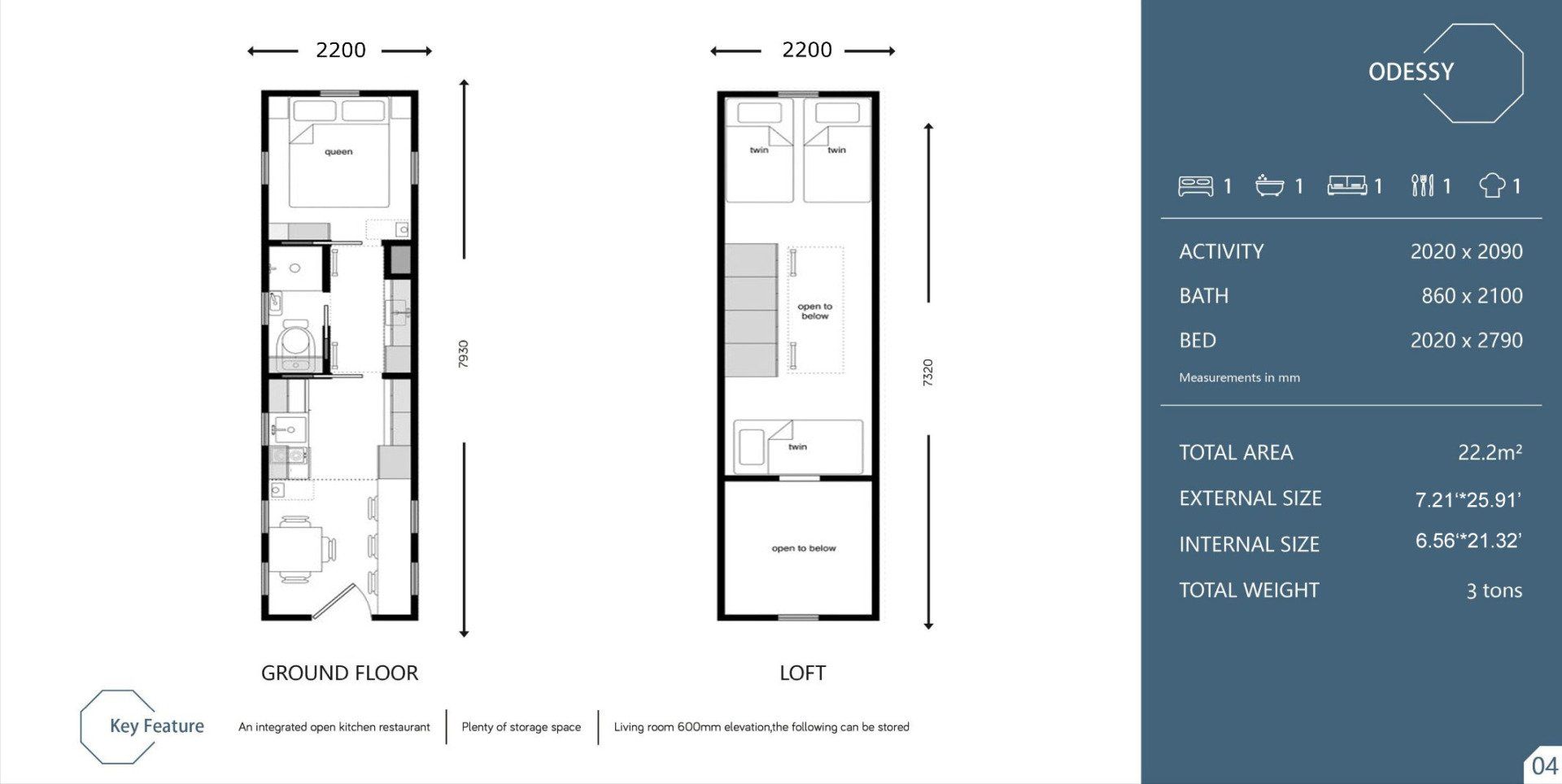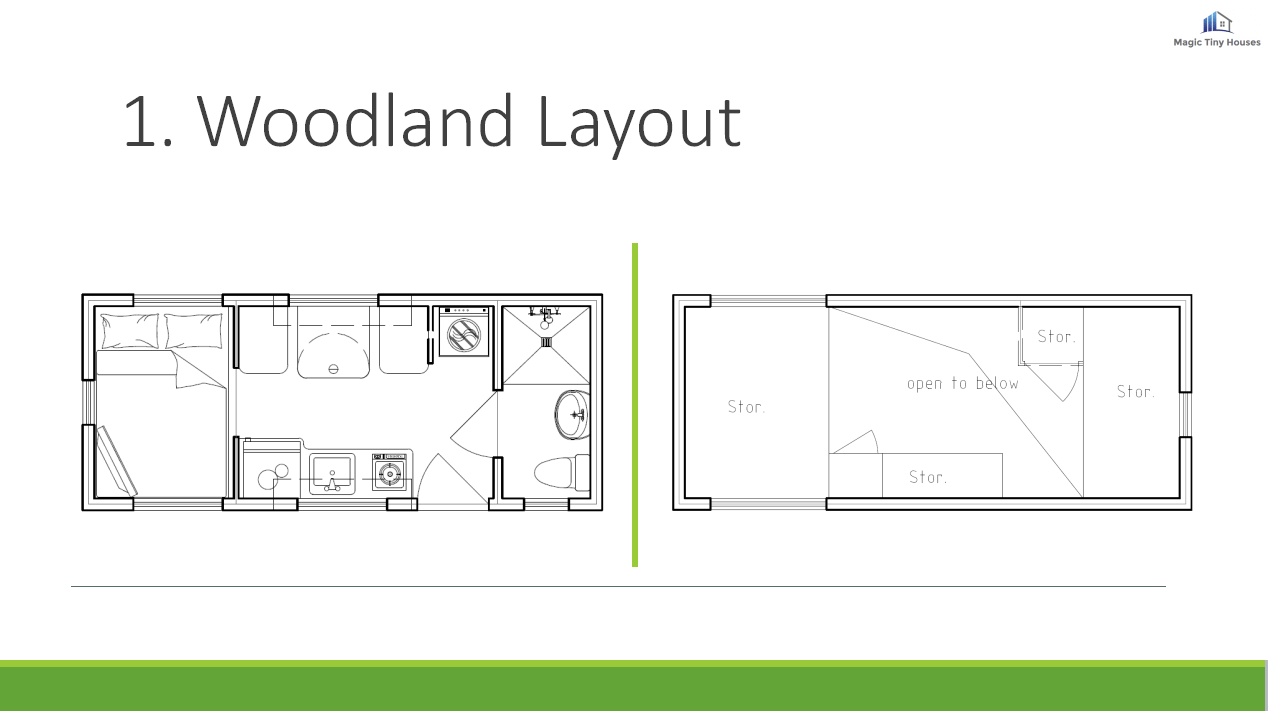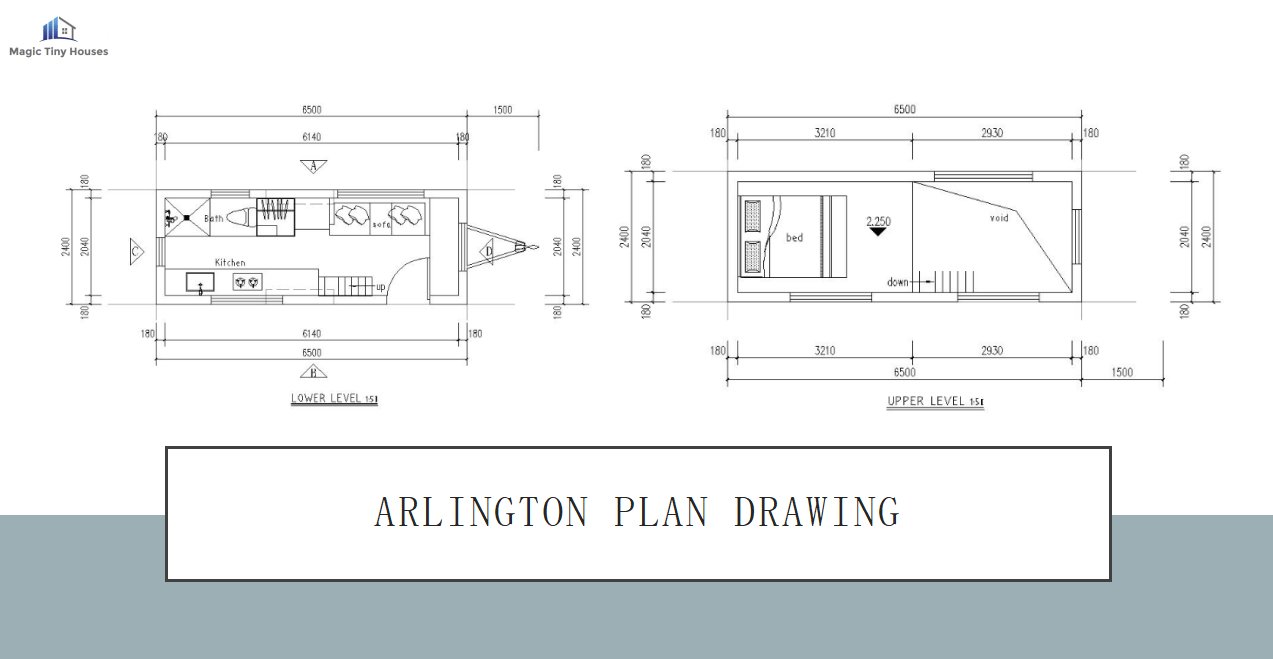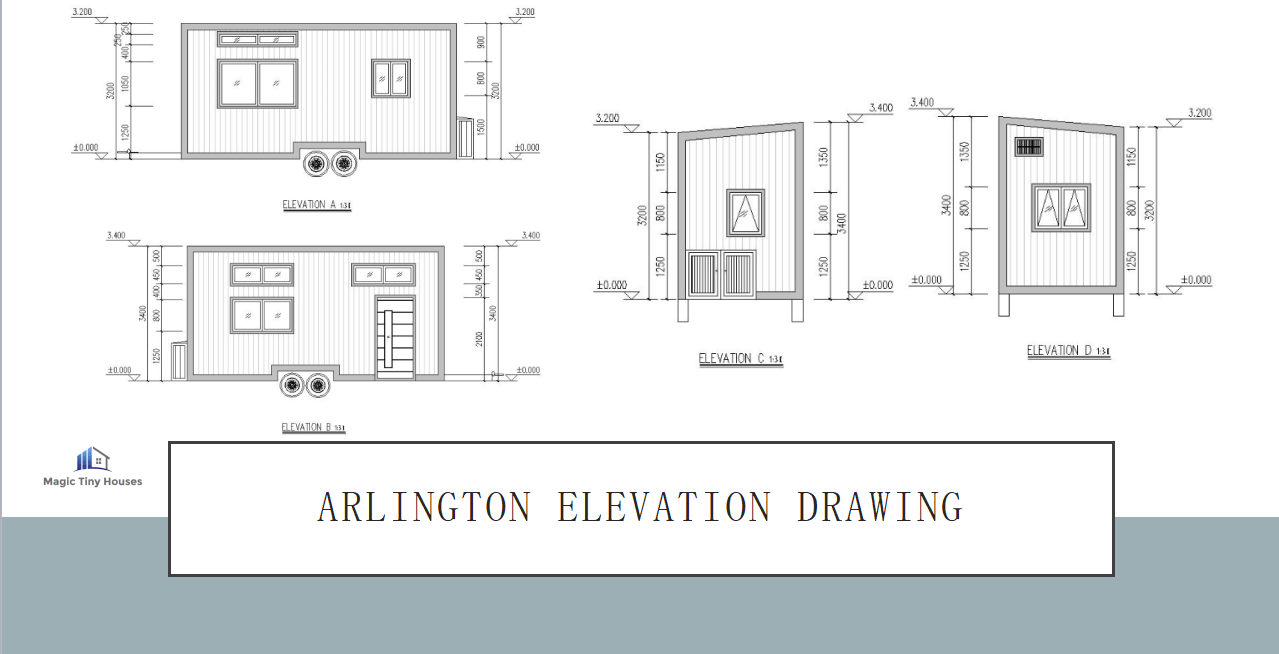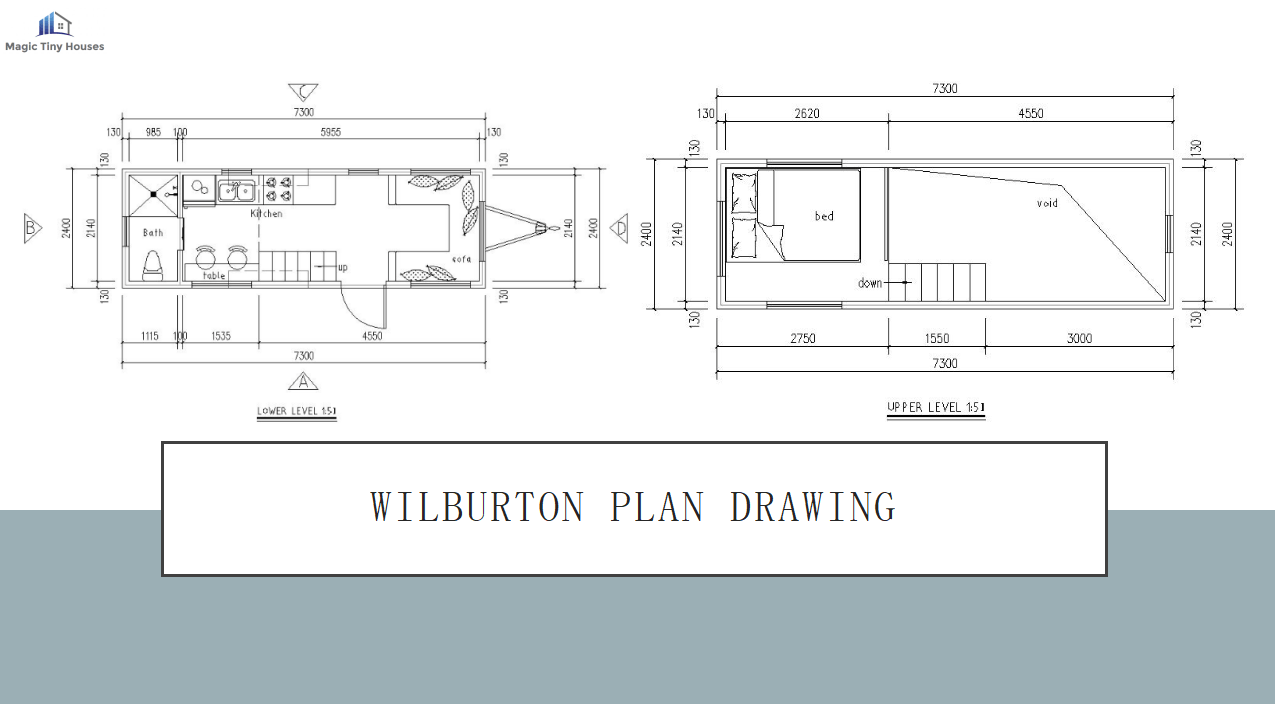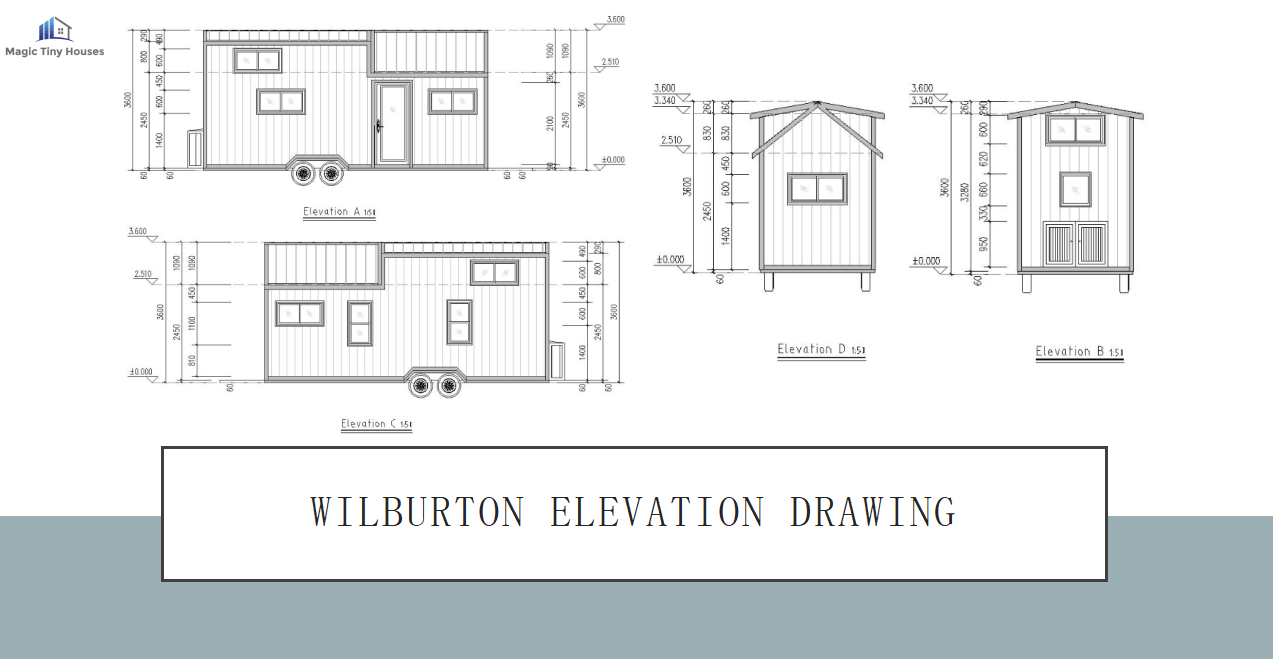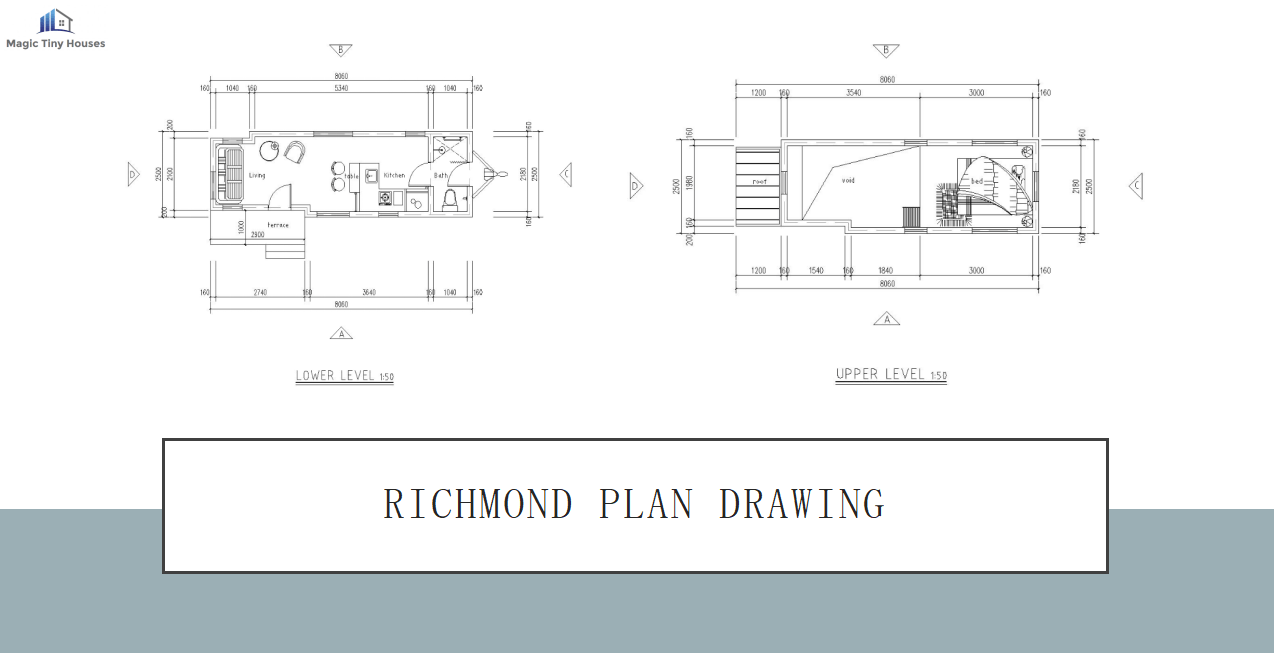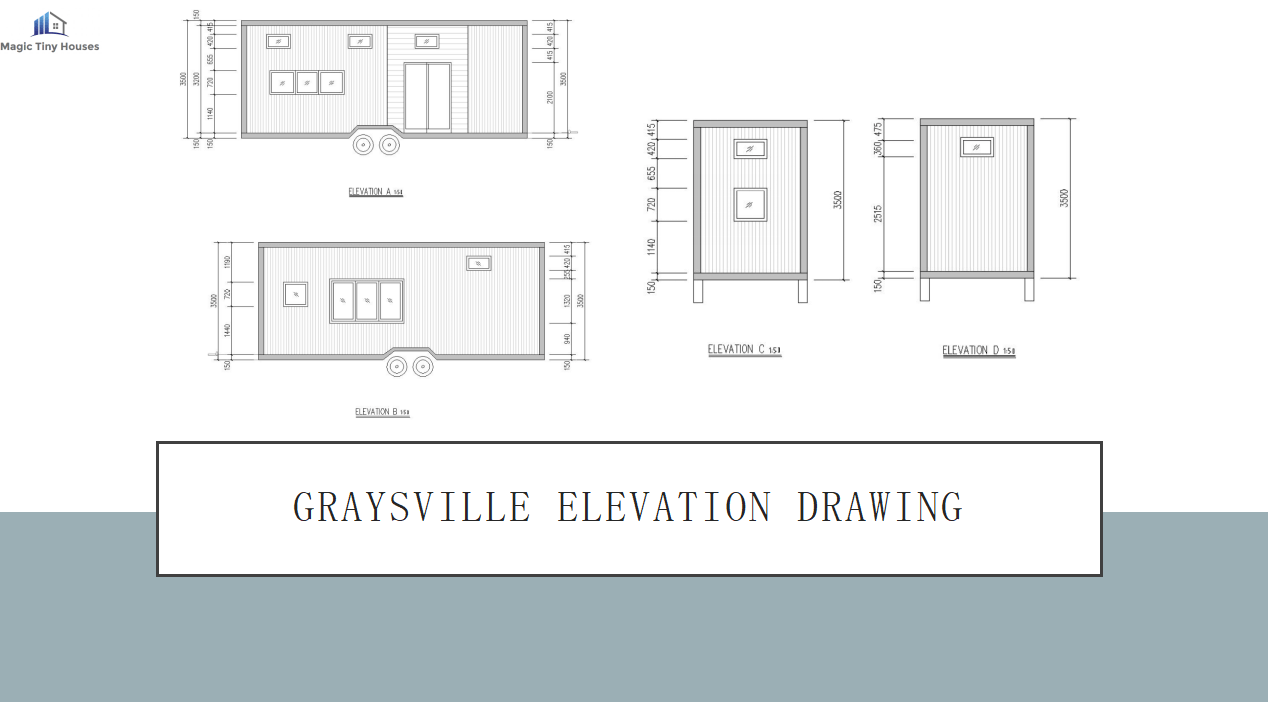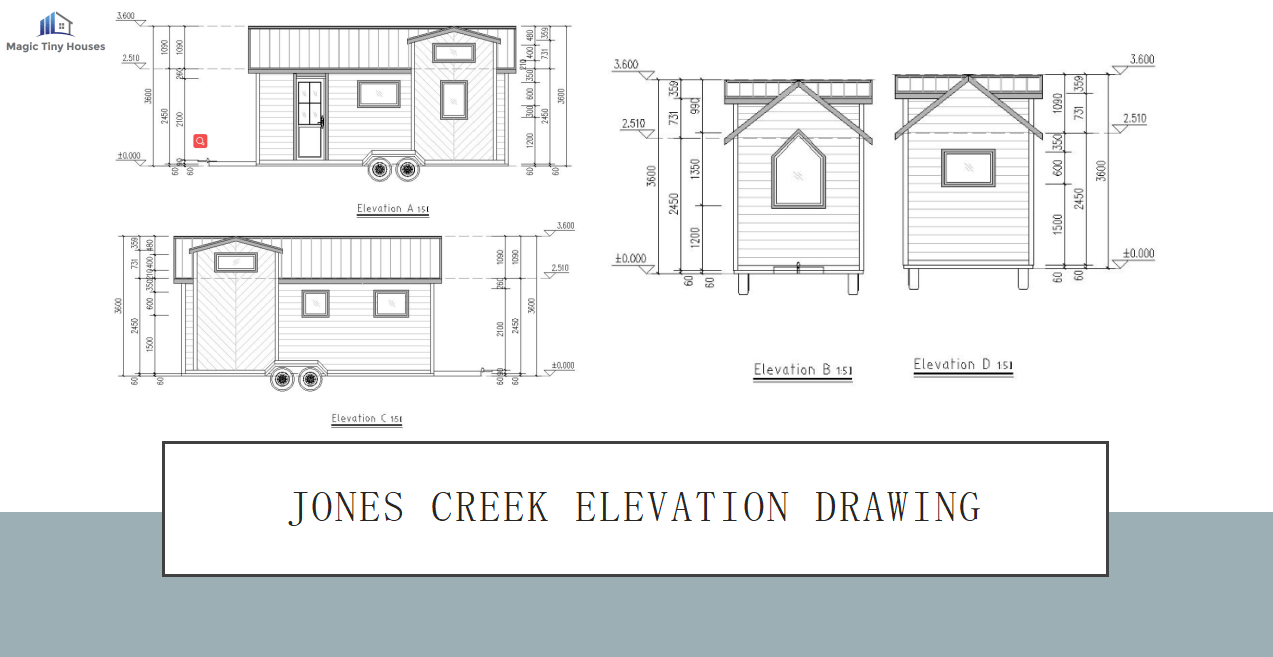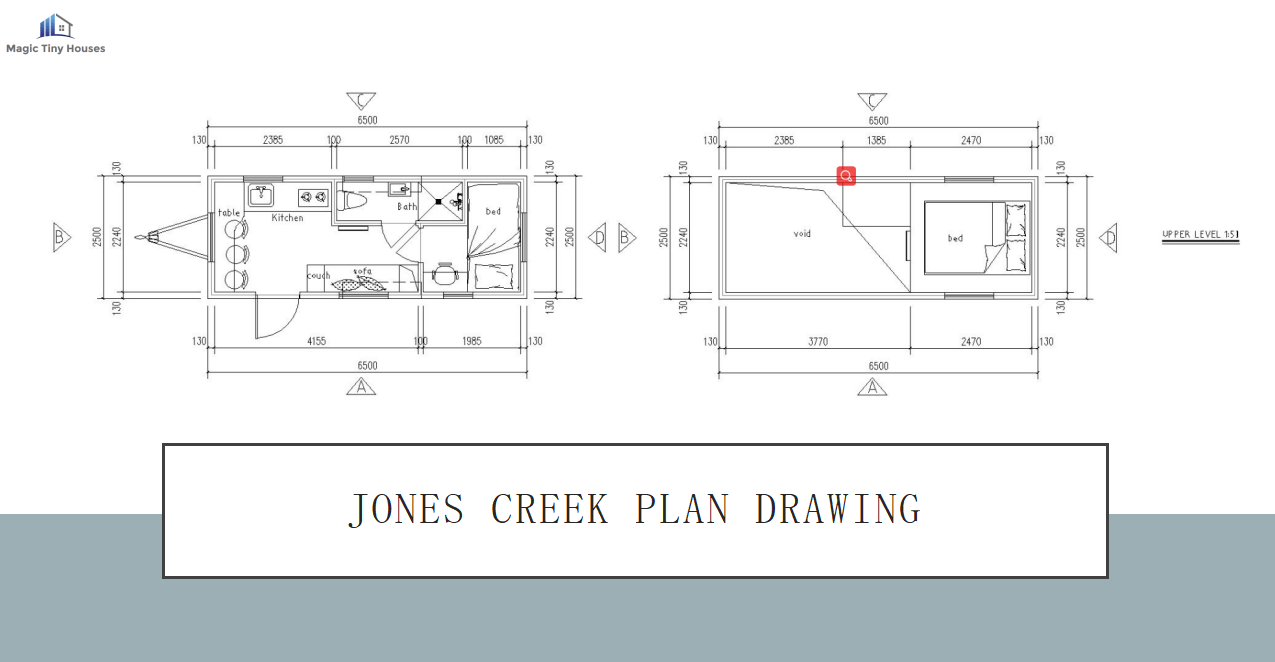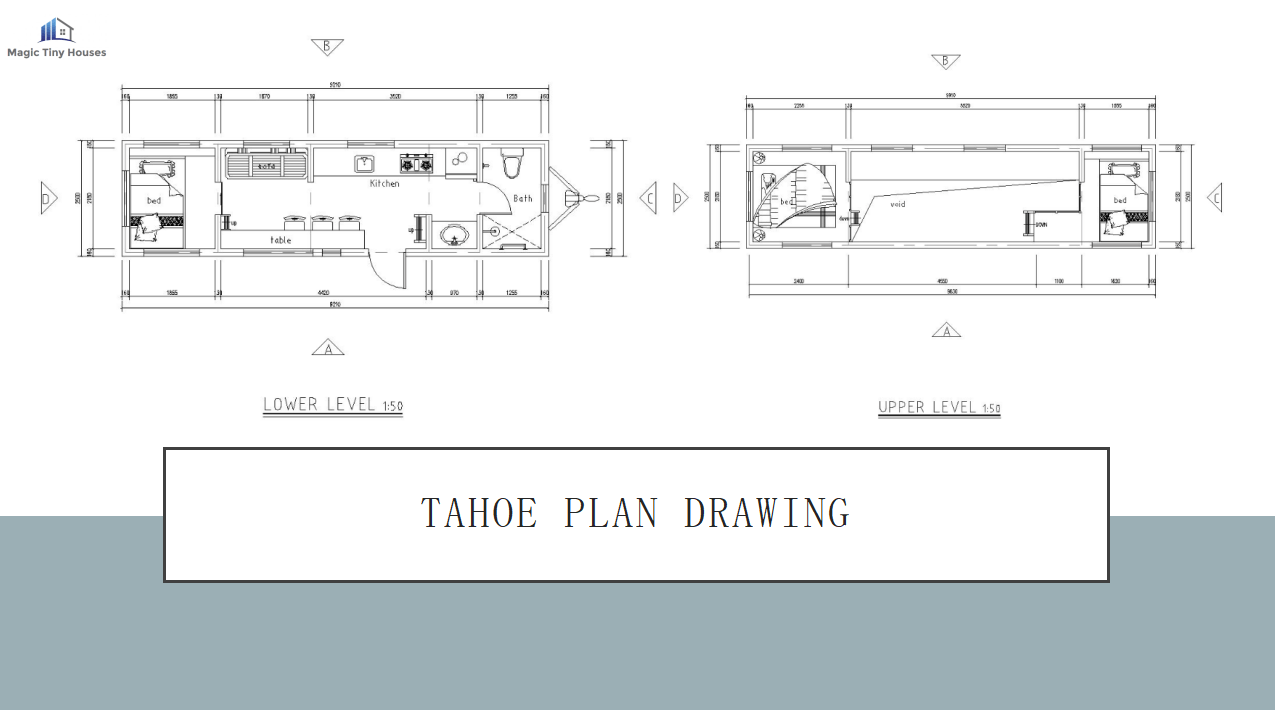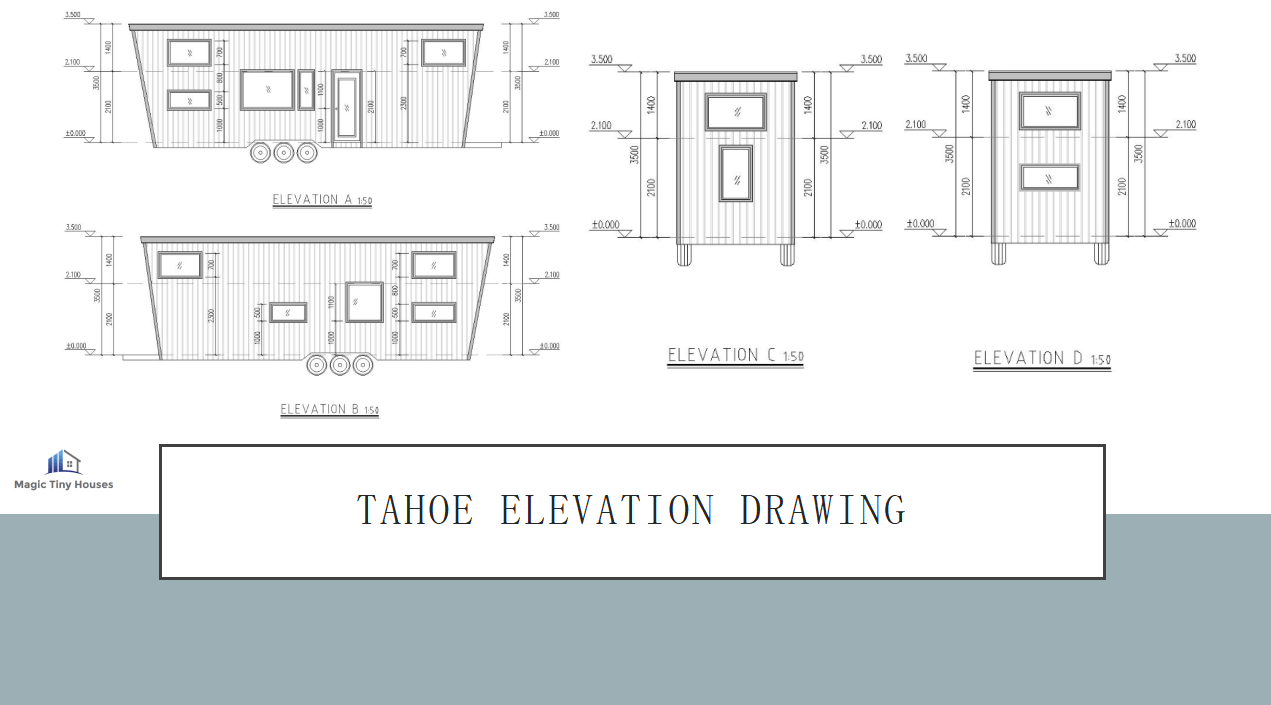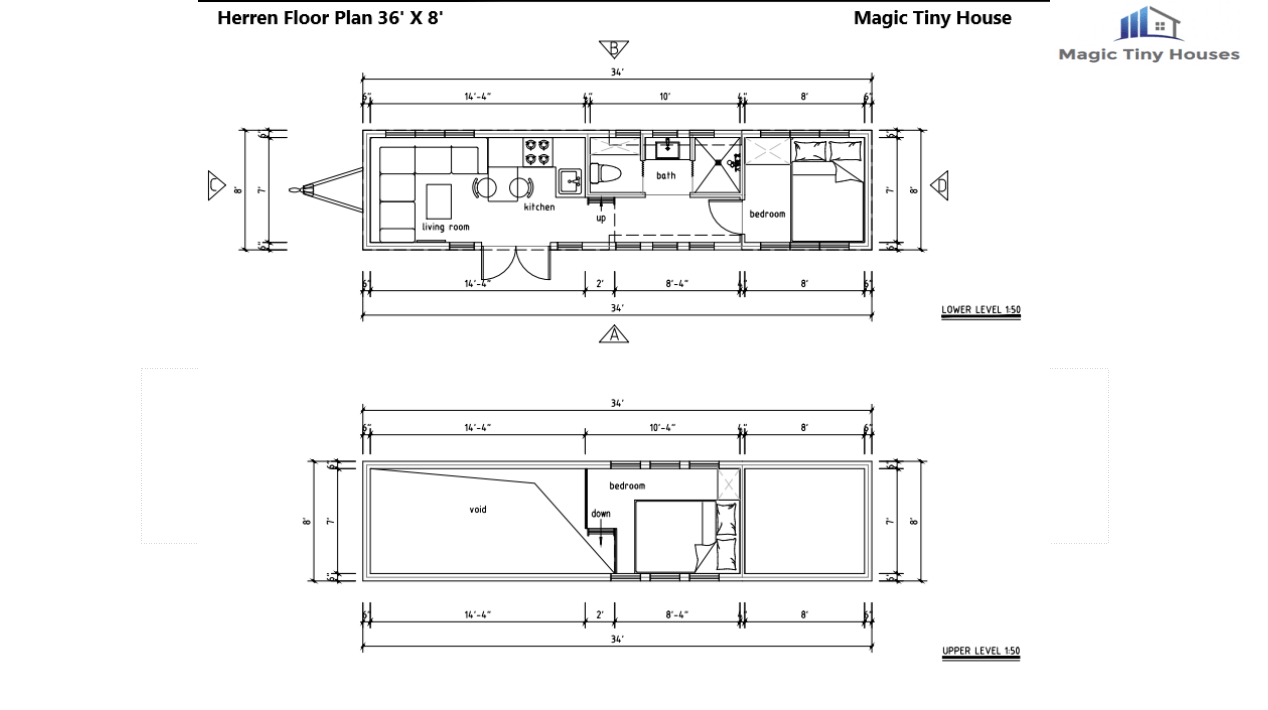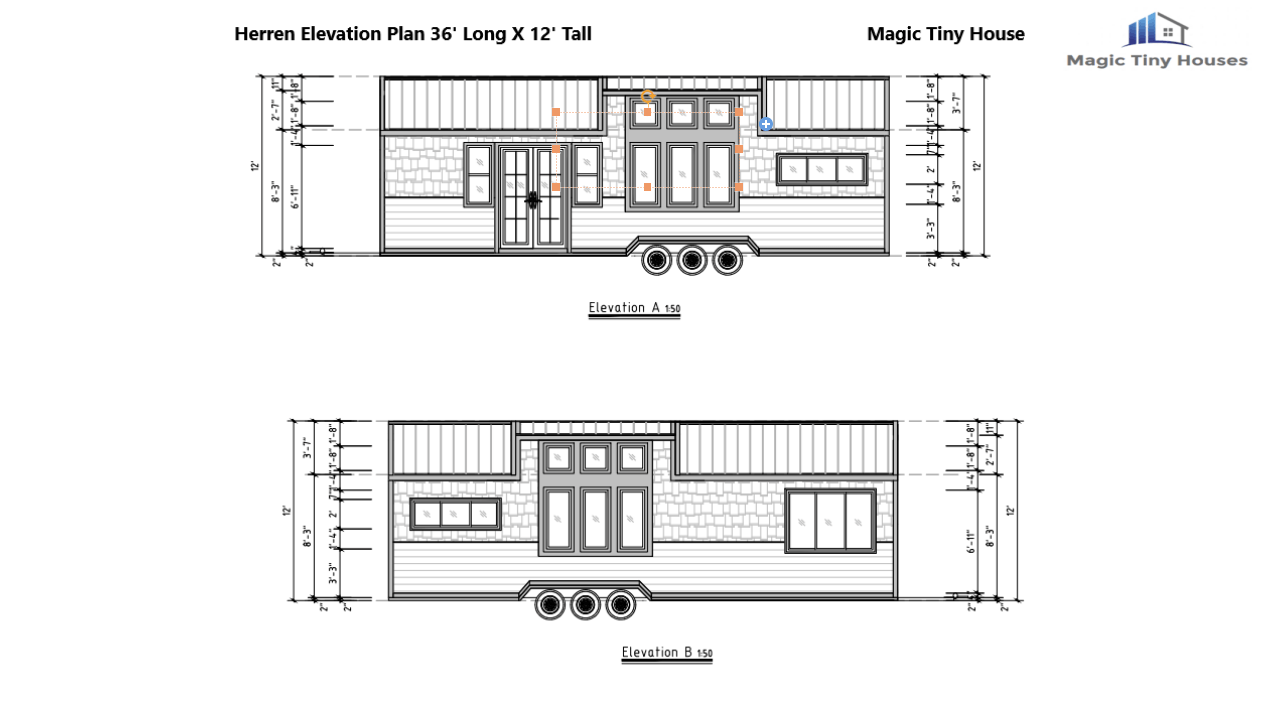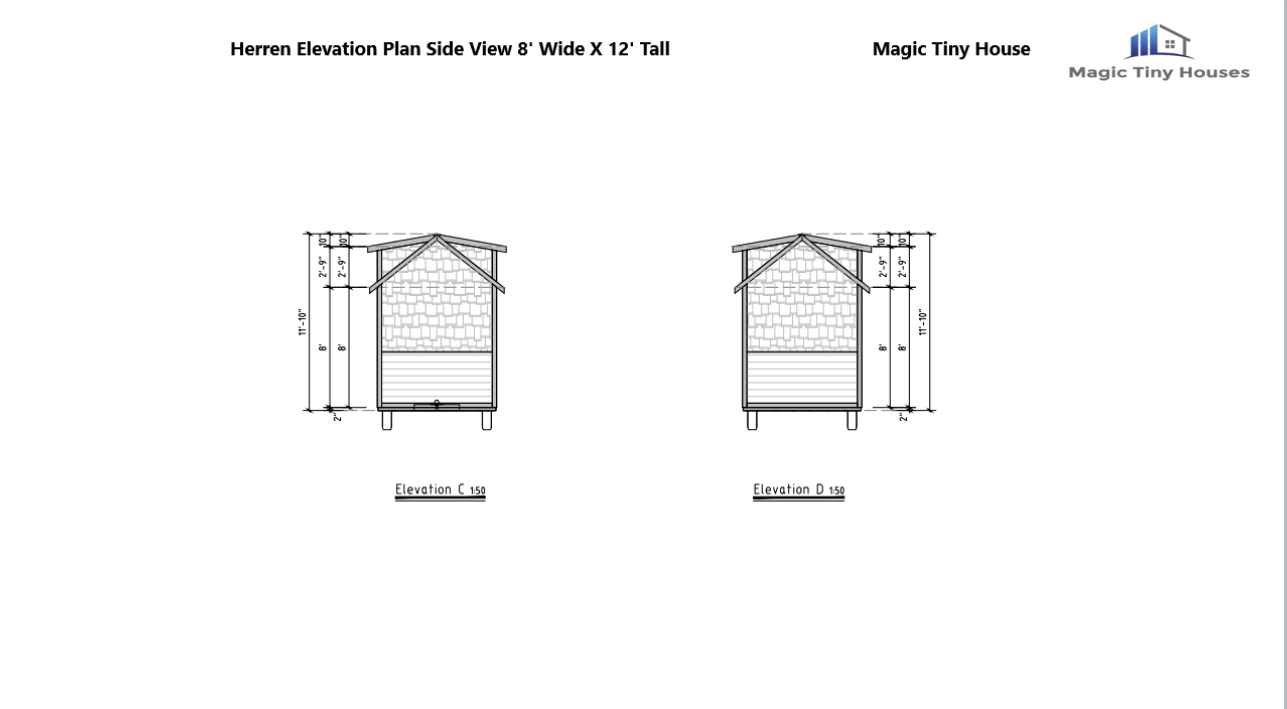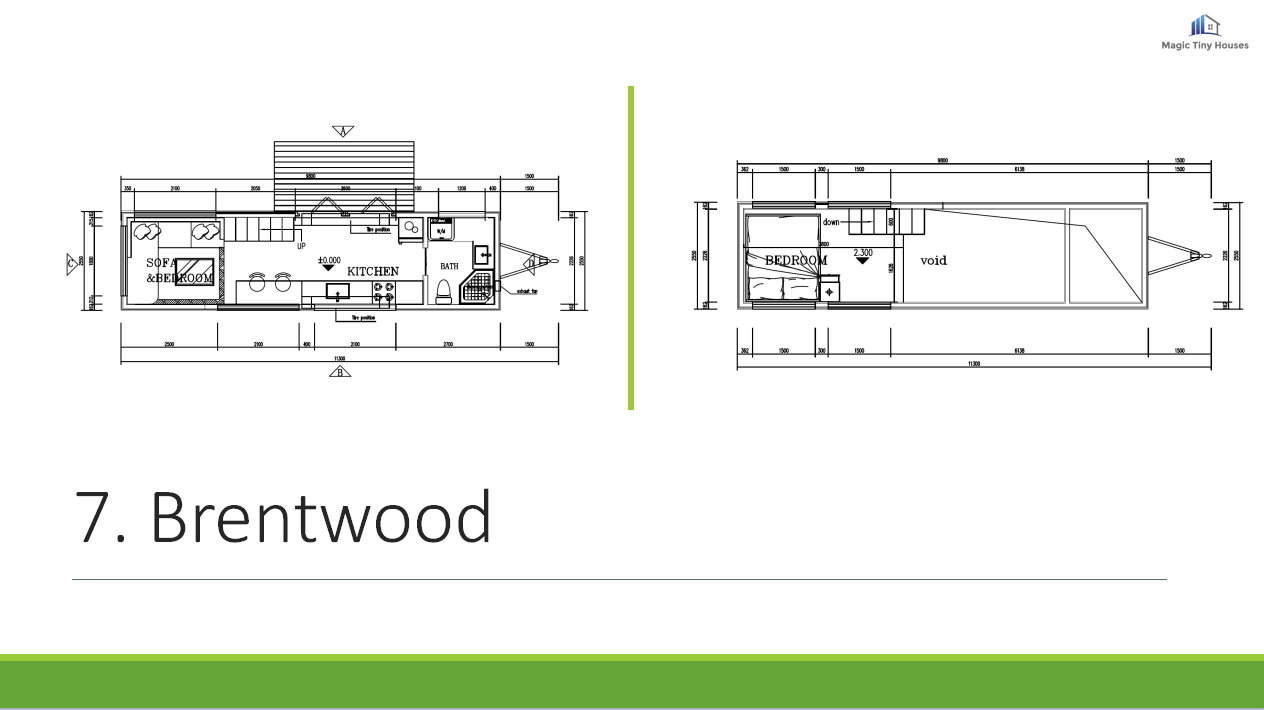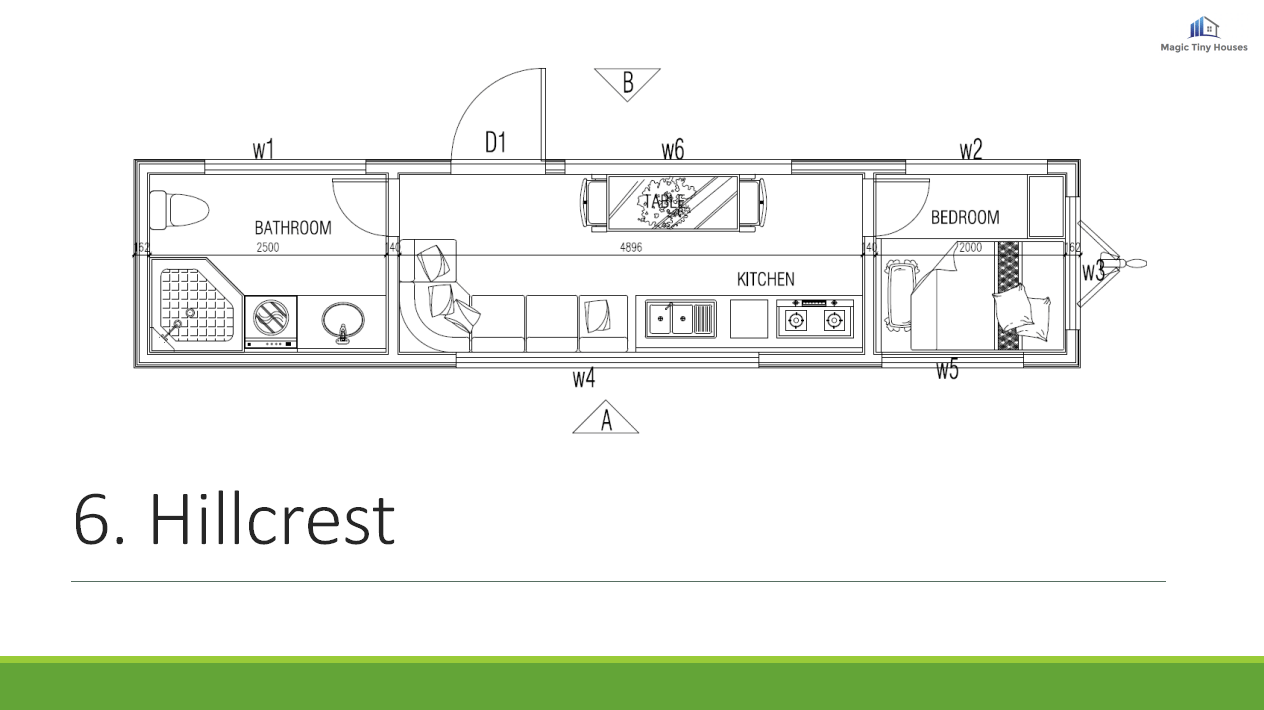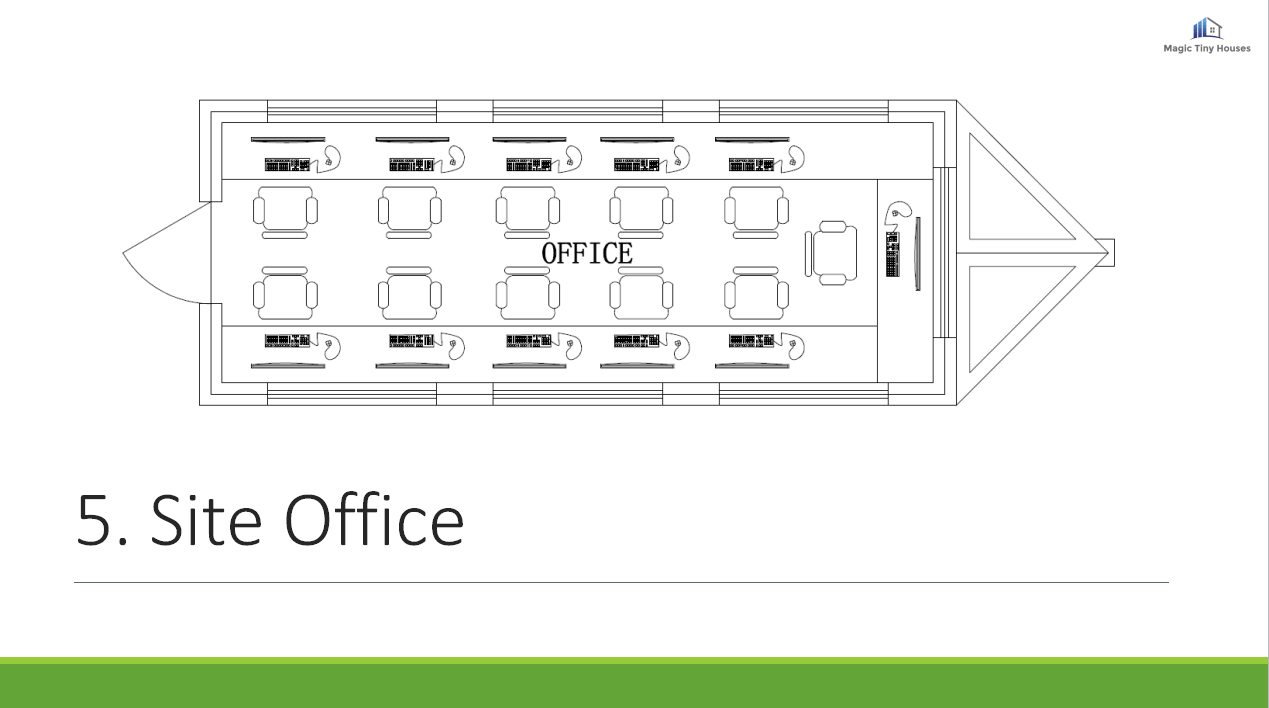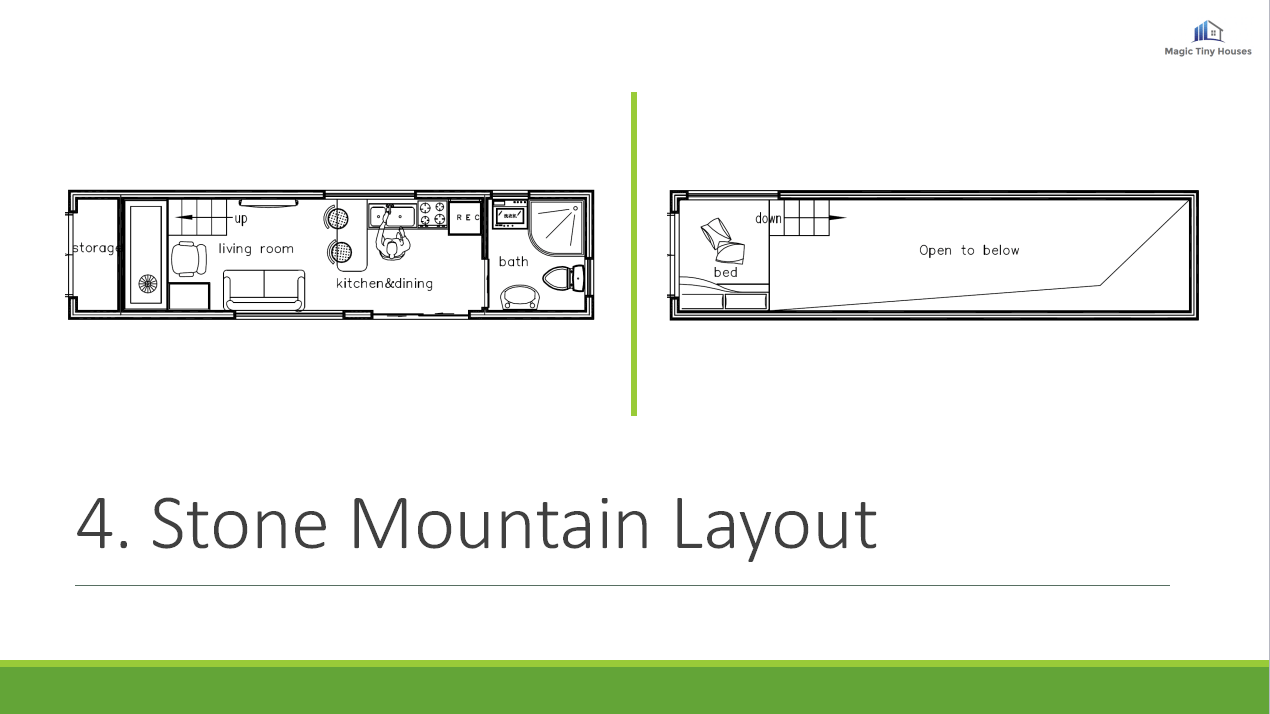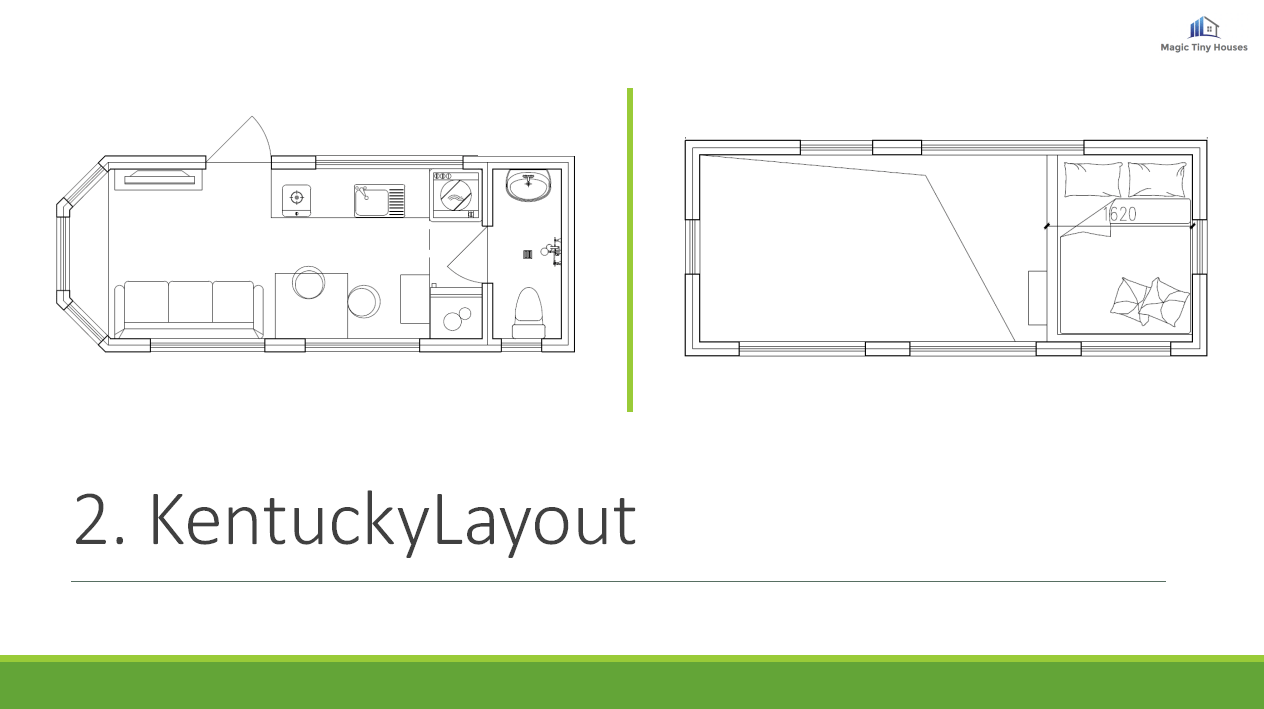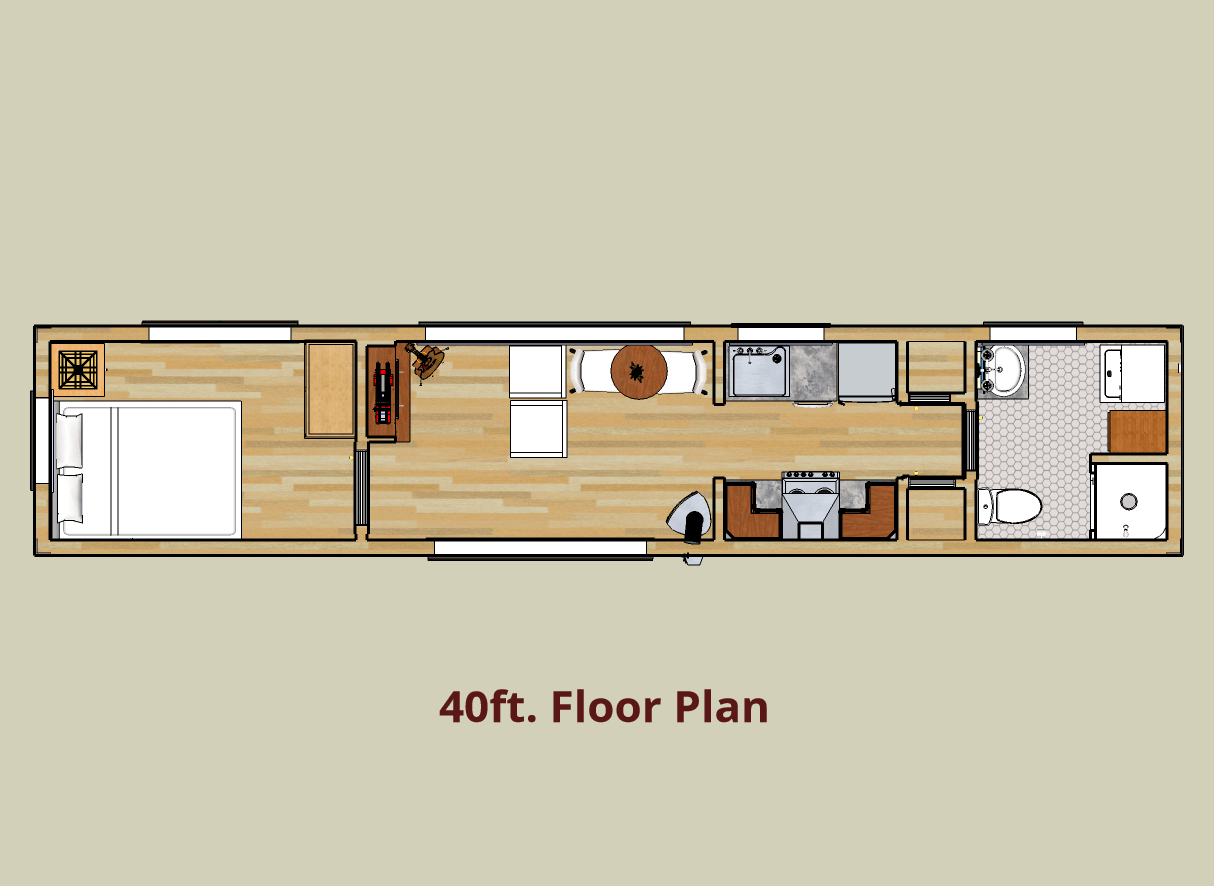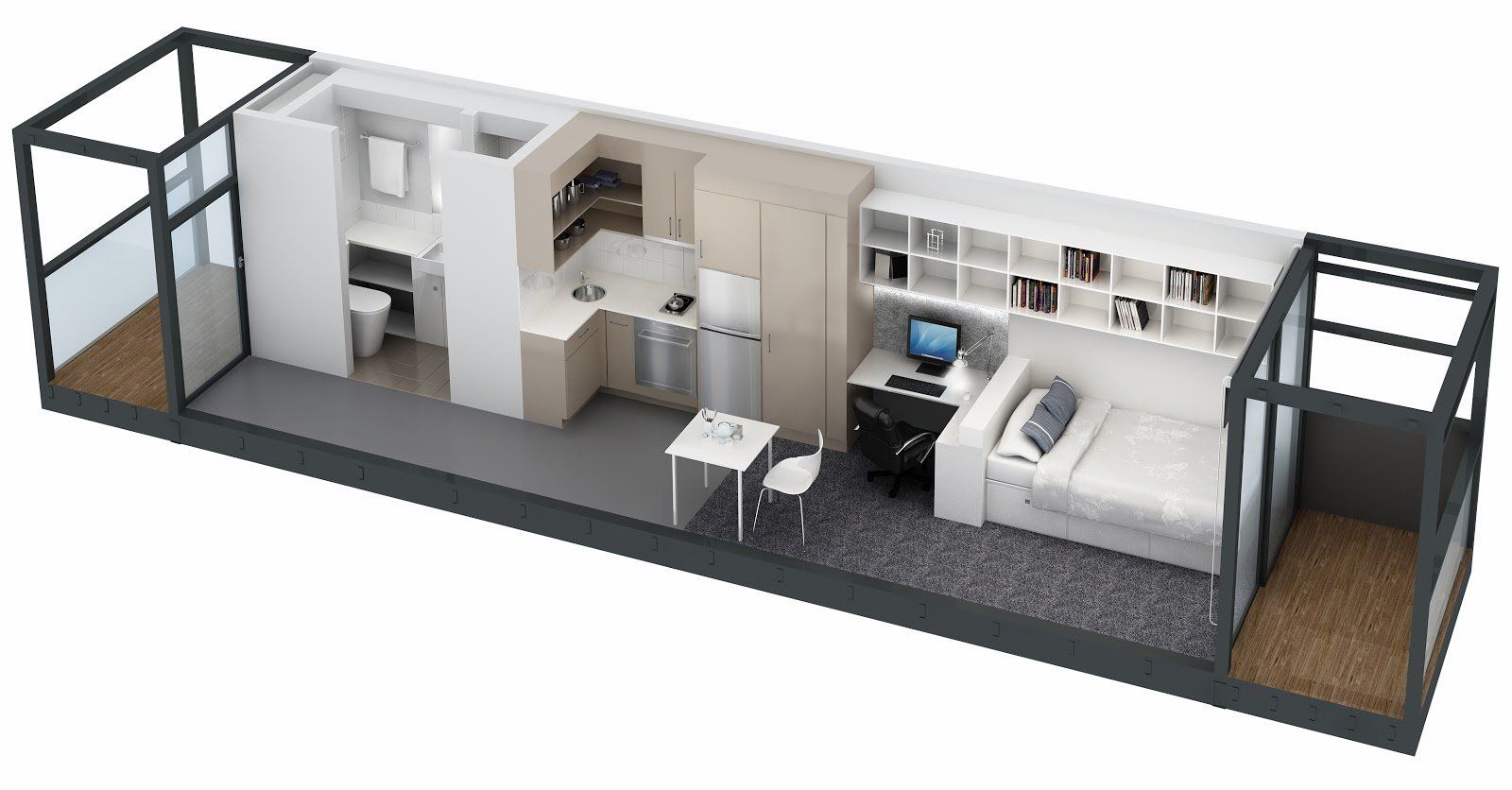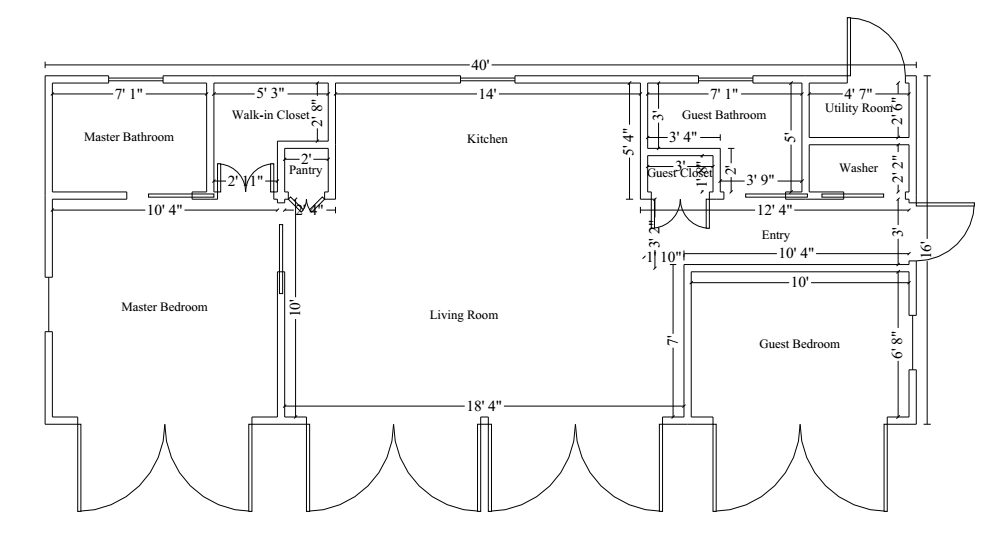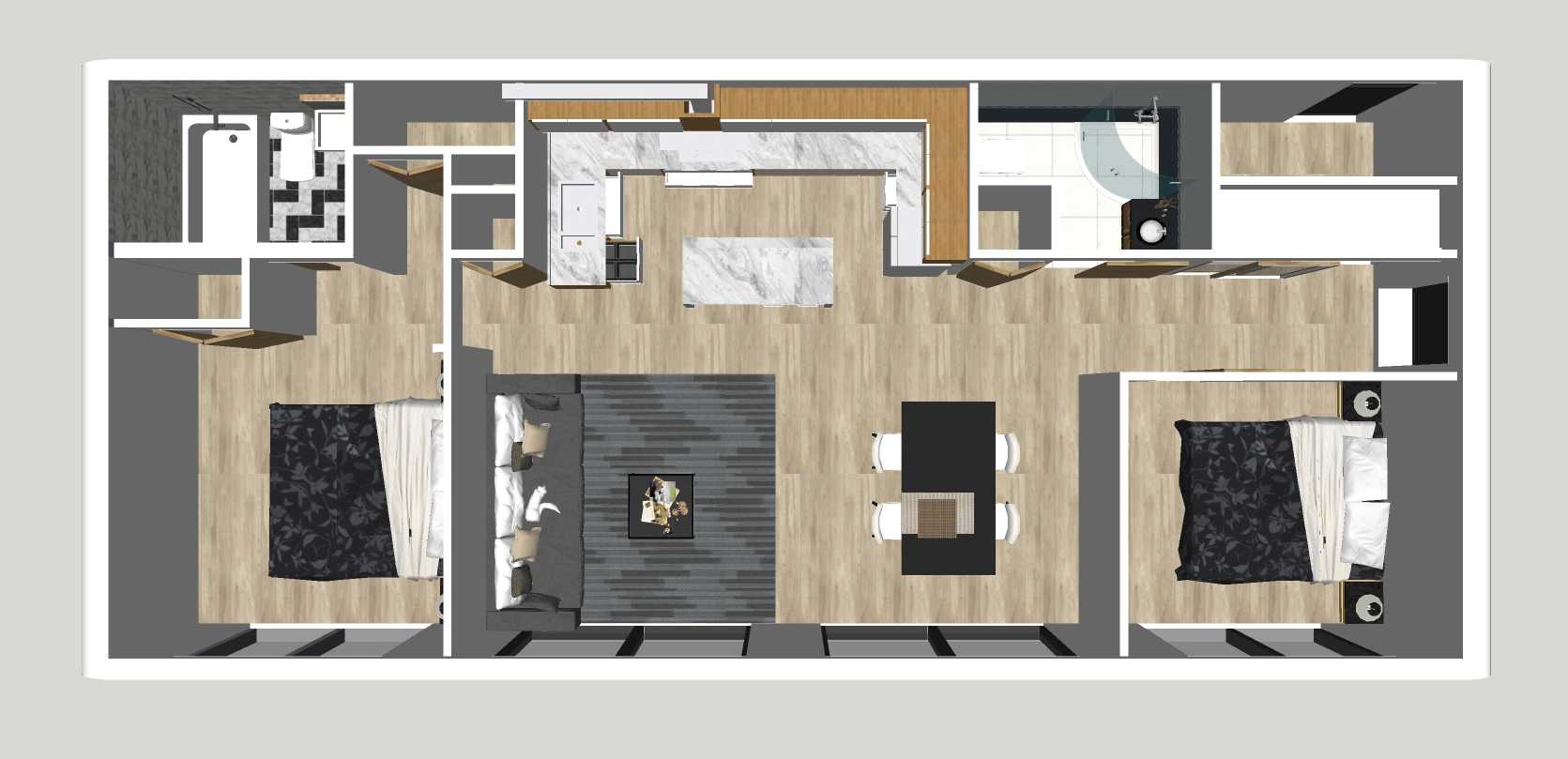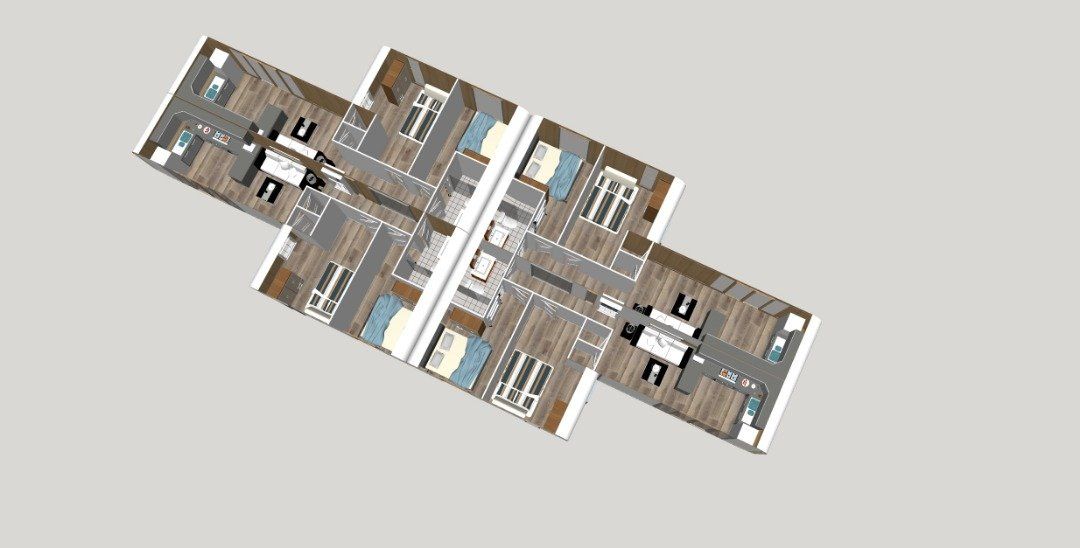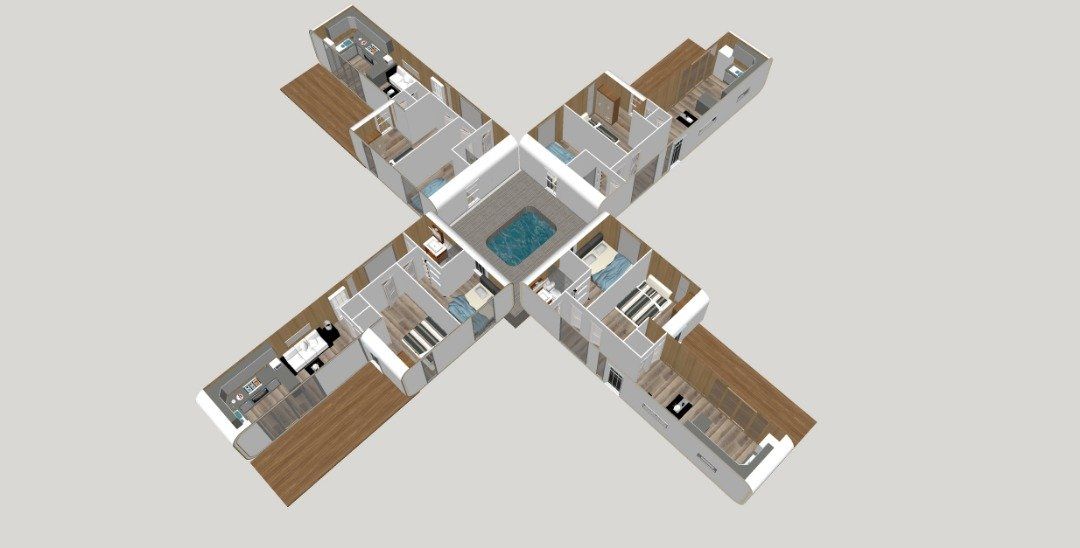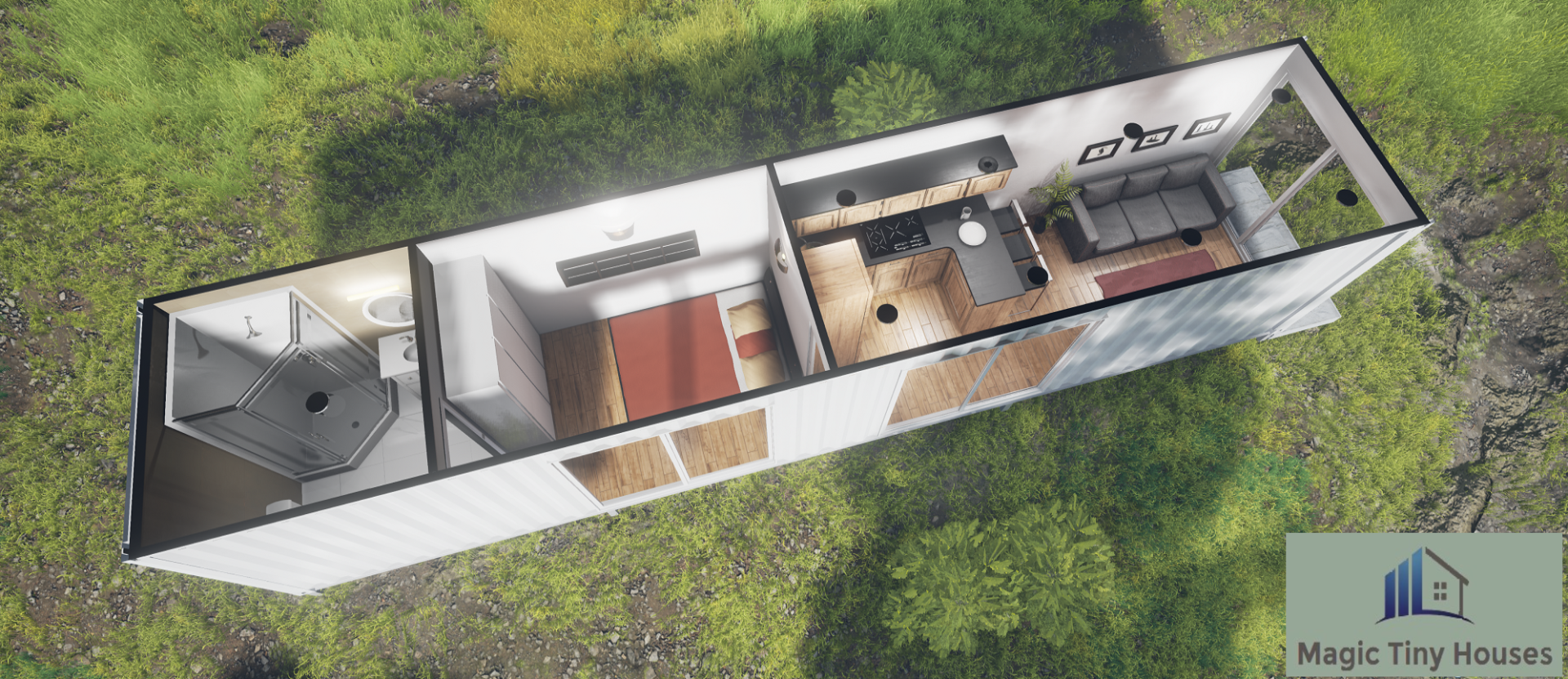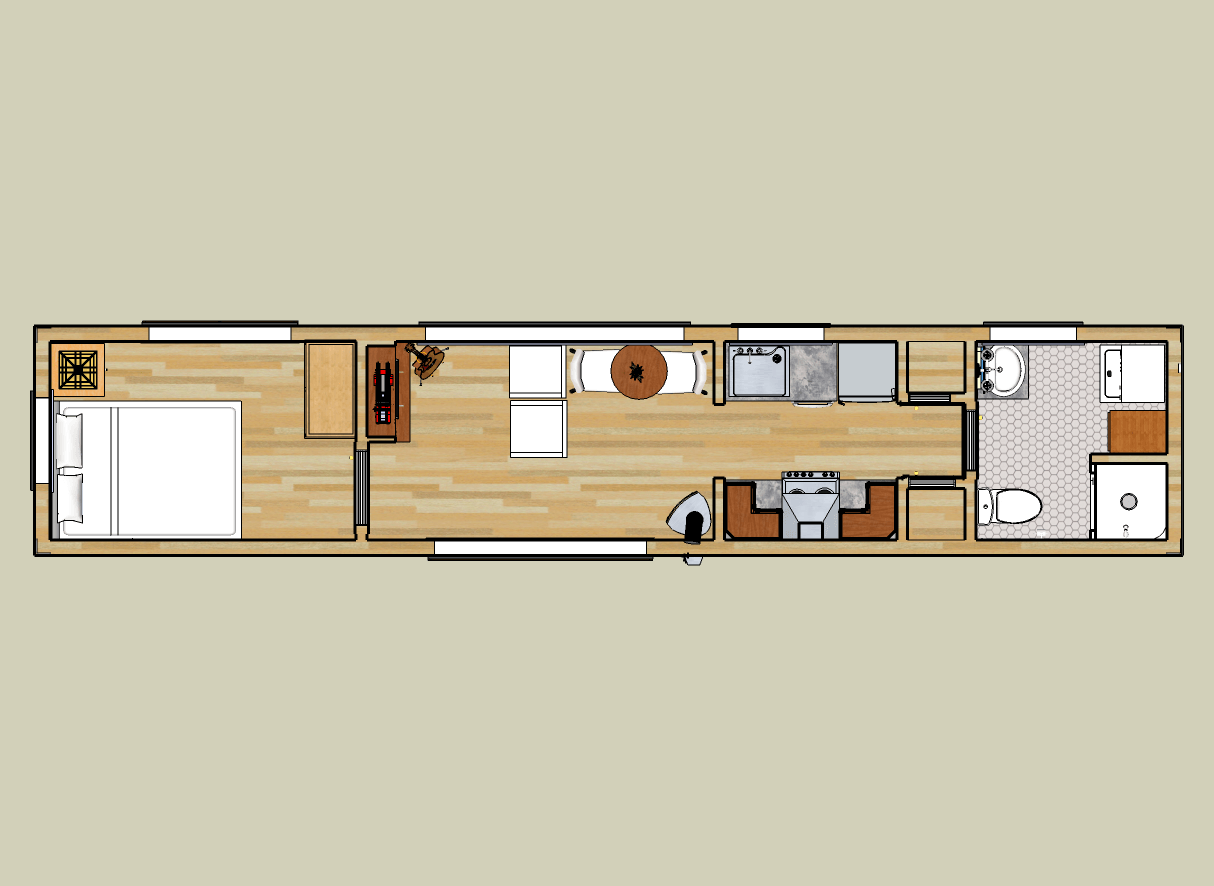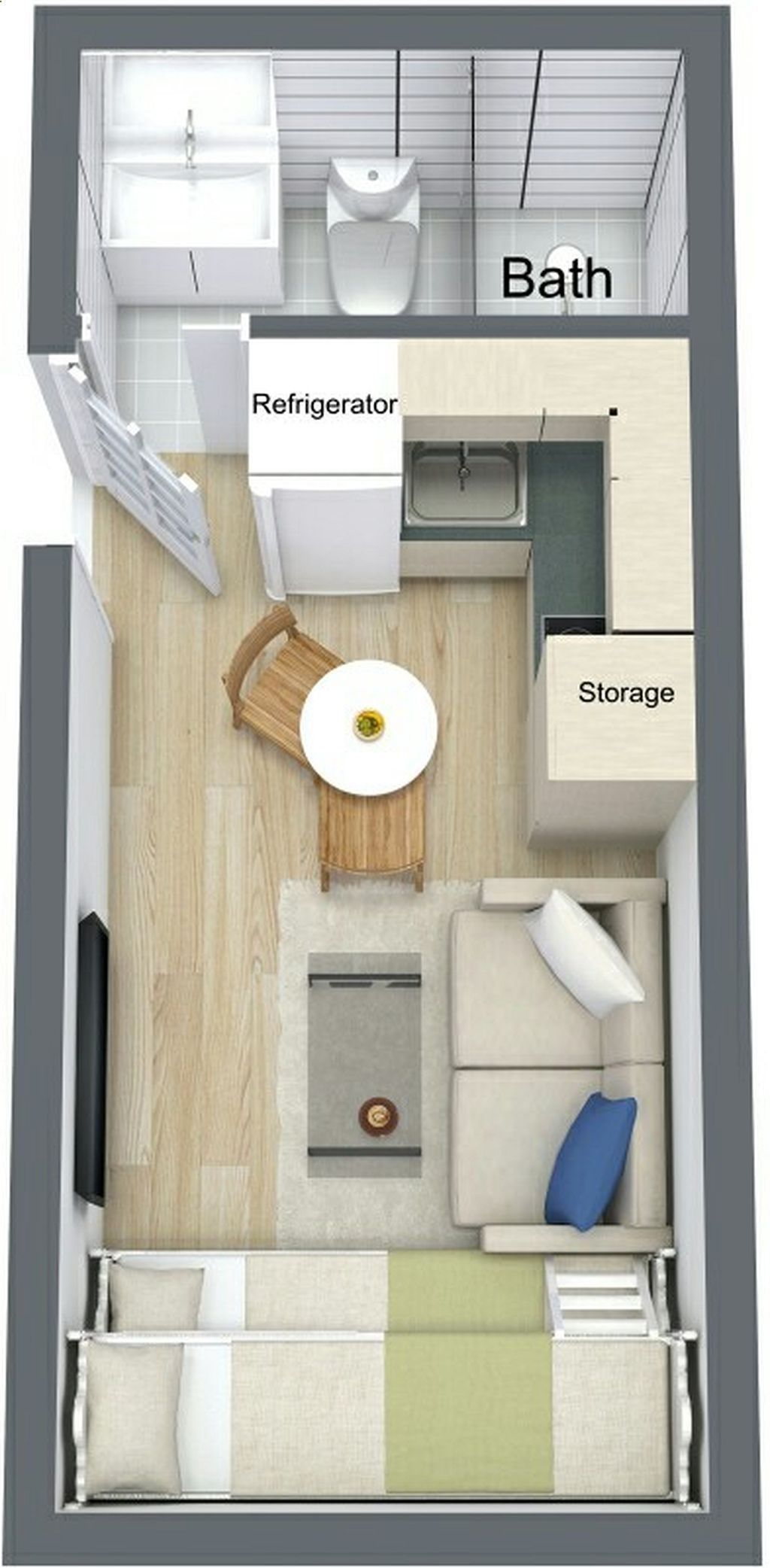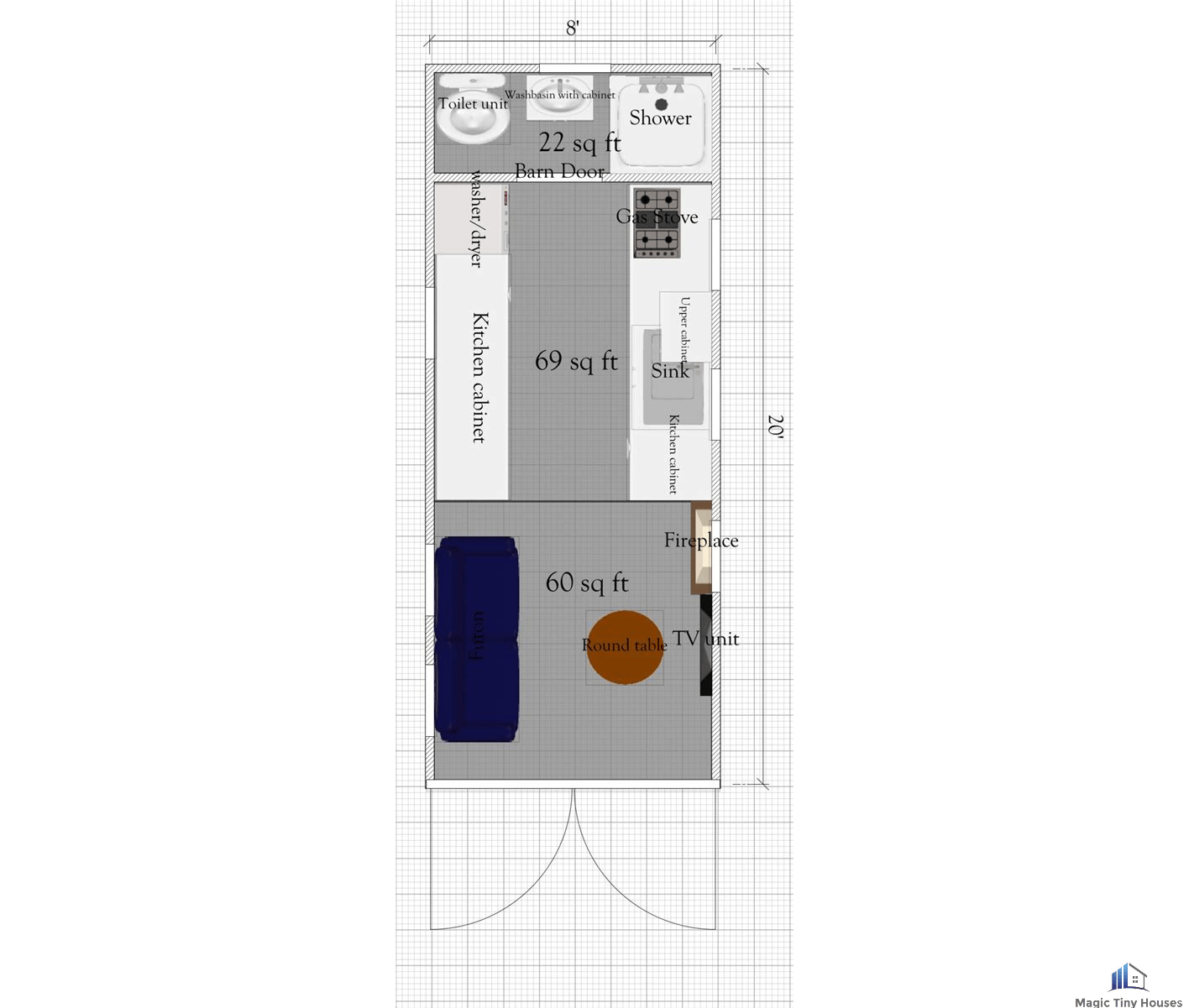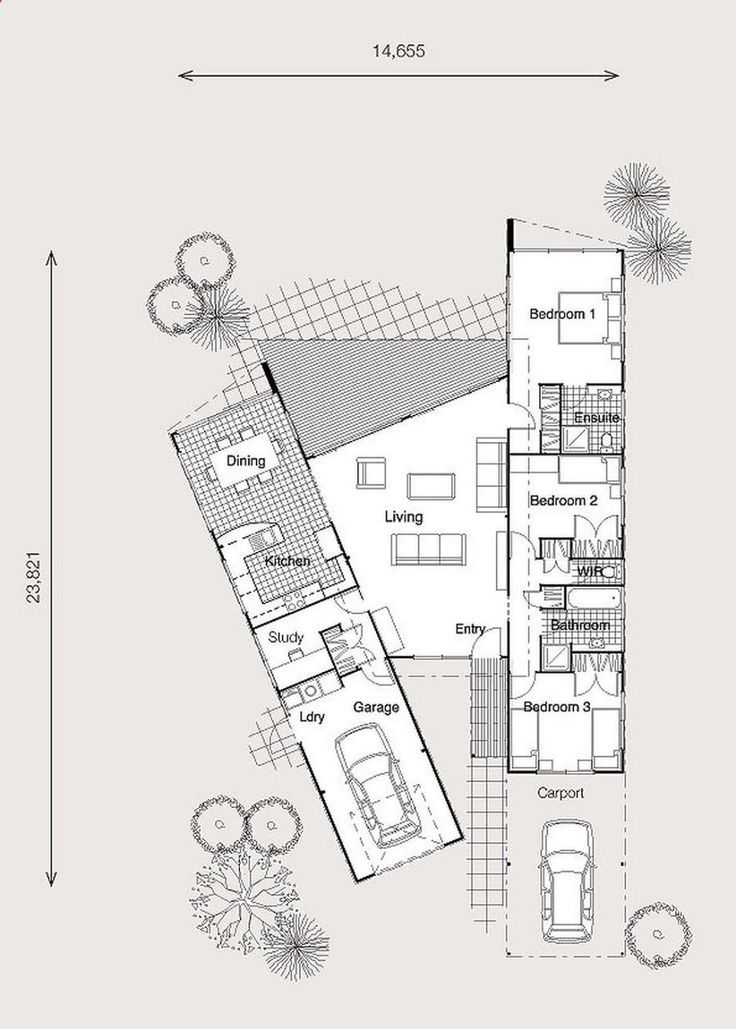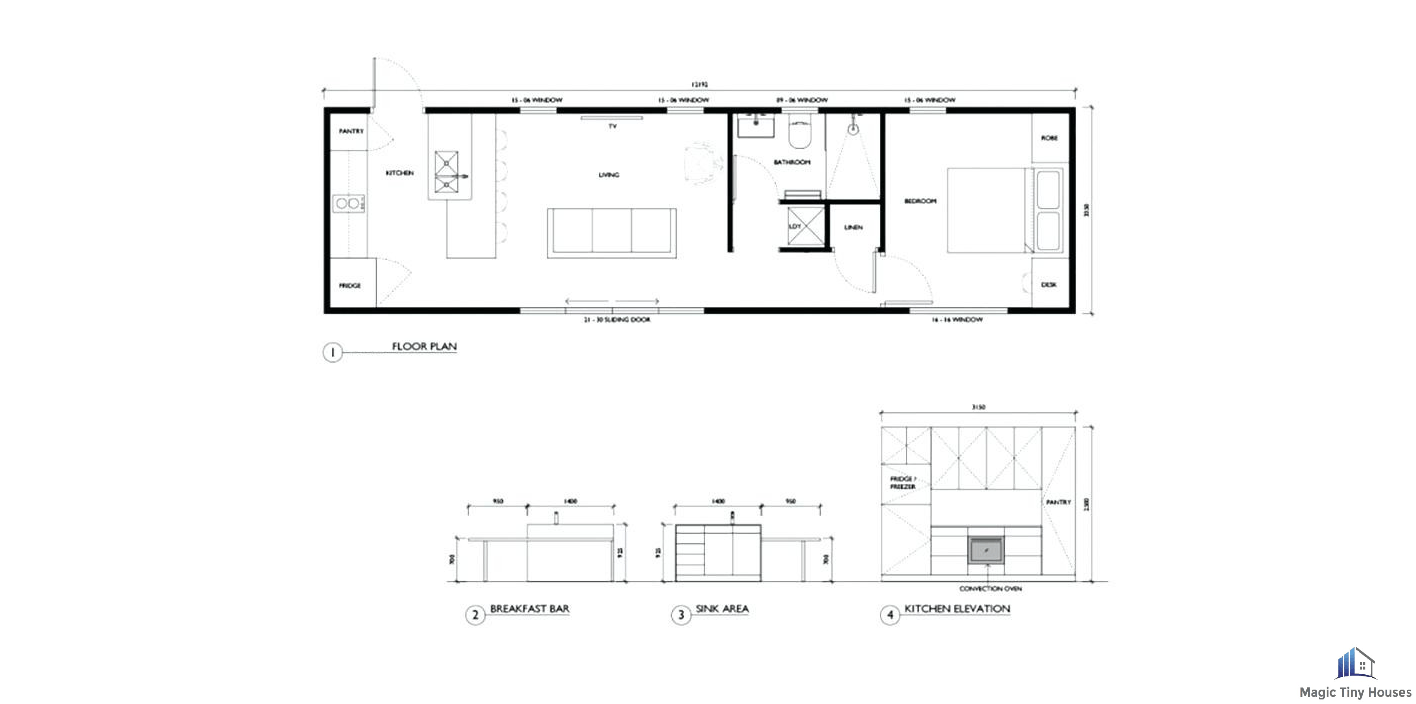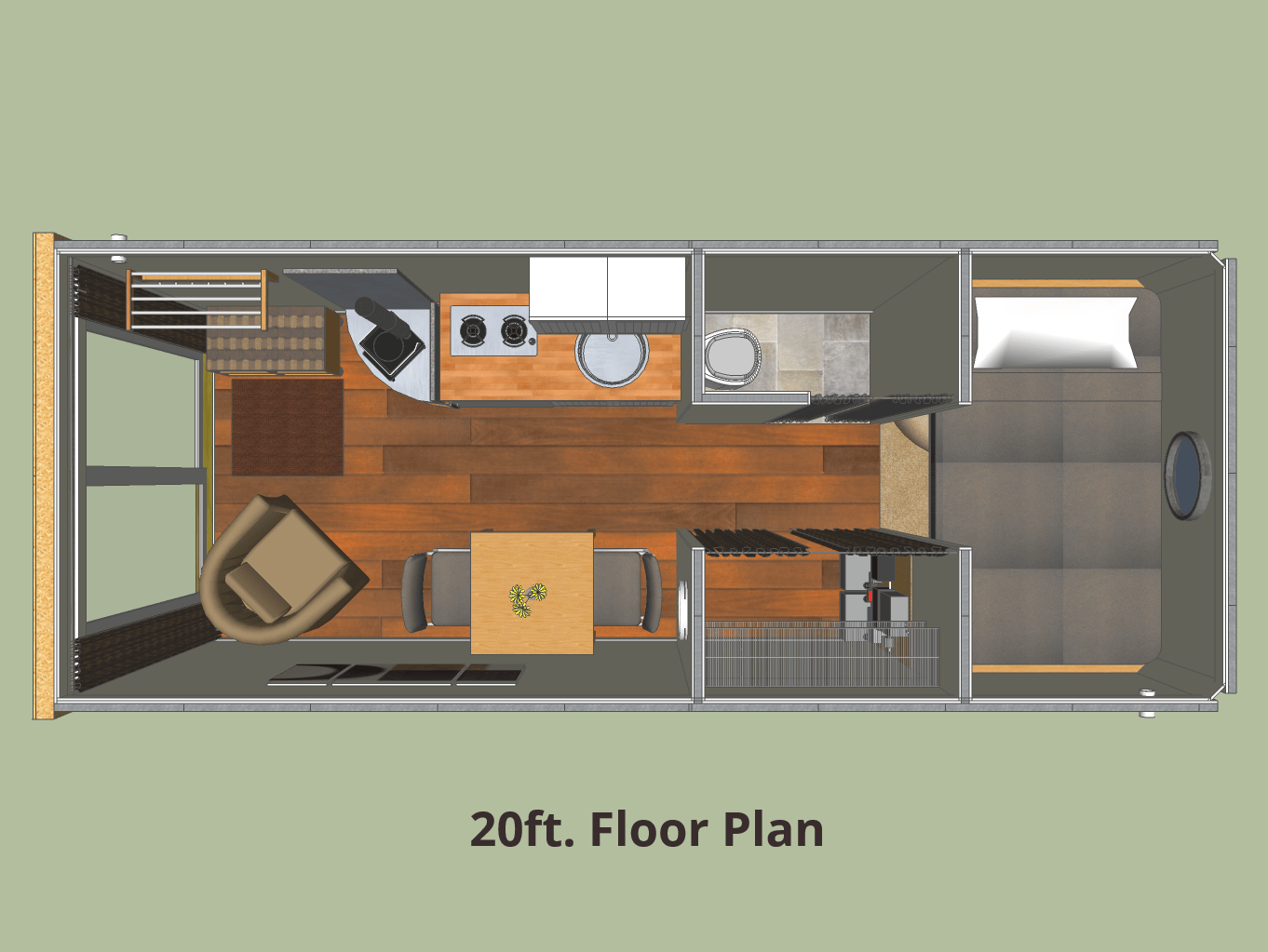Shipping Container Pools & Homes Information
Shipping containers have been used for everything from urban farms to off-the-grid getaways and all-in-one pools. Made from the thousands of surplus containers that sit on docks around the world, these homes can be an eco-friendly alternative to traditional building materials.
Shipping container die-hards also love their durability and, in some cases, their portability—although this can cost a lot of time and money. And while there are plenty of DIY plans out there, it can be hard to devote the time to transforming a utilitarian box of steel into a cozy abode.
Luckily, Safe Room Designs builds and sells shipping container homes—some are even available on Ebay—that can be delivered and assembled in as little as a few days. Some containers are not single units and require a contractor to assemble the the structures to put the containers in Place. Safe Room Designs works with your local contractor and architect to help give them a container kit to build your dream home. Containers typically come in two sizes, either 20 feet by 8 feet or 40 feet by 8 feet. The smaller of the two equals about 160 square feet of living space, whereas the larger container gets you 320 square feet. That’s tiny home living at its smallest, so Safe Room Designs will also combine containers to create bigger models.
To help you figure out which one is the perfect design for you, we have posted on our website several samples of many types of designs and finishes to select from.
Shipping Container Housing Guide
Shipping container housing, also known as ISO container homes, are created out of any type of shipping container usually used for transporting goods across the globe.
Why Shipping Container Housing is a Super-Hot Trend
Whether you’re looking for an intimate beachfront getaway, a compact urban abode or a larger, sprawling home on the open range, you may be able to find the perfect fit with shipping container housing. Once considered undesirable housing units for those who simply couldn’t afford the traditional brick and mortar option, storage container houses have become the hot new trend for, well, just about anyone.
ISO Container Homes Explained
While shipping containers are constructed to be used again and again, many eventually fall into disuse and end up sitting around the ports in China, northern Europe and the United States.
Modern shipping container home.
Names to Know in Shipping Container Housing
Shipping containers have a host of other names, both officially and unofficial, depending on their use. When they’re used solely for shipping, they may be called:
Cargo container
Conex box
Ship container
Sea container
Shipping crate
Steel container
Storage container
When the containers are used for building, you may hear references such as:
ISBU module
Green Cube
While many of these terms are used interchangeably, it is rare to hear houses built from shipping containers called shipping crate homes, but you would not be incorrect using the term. Throughout this site the terms are used interchangeably.
Countries across the globe are embracing the container home movement, with container conversion projects in regions that include the US, the UK, New Zealand, Chili, Canada, Spain, South Africa, the Netherlands, Poland, Estonia, Norway, Switzerland and Australia – just to name a few.
Storage container houses are particularly popular with the eco-conscious crowd, thanks to their environmental benefits – but those aren’t the only advantages of living in ship container homes. Popular Mechanics and CBS News note a number of pros and cons of modern container homes.
Shipping Container Housing Benefits
Strong, durable and made from galvanized steel, shipping containers are typically stronger than wooden frames
Easy design plans stem from the modular design, with the ability to place containers side-by-side or up to 12 empty containers on top of each other
Reinforced and ready for action, people have assembled pre-built homes in as few as three days
Resistant to mold, fire and termites
Can be converted into homes wherever is most convenient, and then easily transported and assembled at final destination
Materials age well and require very little maintenance
When building a house with shipping containers homes can be modified later on to include new modules
Shipping Container Home Drawbacks
With the popularity of shipping container housing on the rise, more information about ship crate homes is available for consumers.
We won’t lie and say there aren’t a few disadvantages of living in sea container homes – but they may be easily outweighed by the benefits and creative flair.
Steel is a phenomenal heat conductor, which means you’ll need far more insulation than traditional homes to stay cool
Building permits for a shipping container home may be tough to come by, or not allowed in every area or municipality
Post construction issues such as container sweat
Different Container Types
Shipping Containers at port.
Dry freight containers: Dry freight containers: Also called cube containers, these containers open in the front only. The rest of the container is entirely enclosed, ideal for general shipping needs.
Insulated or thermal containers: Materials and goods that are frozen, chilled or otherwise sensitive to temperature can be shipped in these containers, which are insulated by not refrigerated.
Height: Standard containers are 8 feet, 6 inches in height, although other containers can range from 4 feet to more than 9 feet, 6 inches high.
Width: Most containers are 8 feet wide, although some are wider.
Length: The most common lengths are either 20 or 40 feet, but you can find those that range up to 56 feet long.
Shipping Container Homes - Plans
If you do want to move forward with a shipping container home from Safe Room Designs, we have several plan options. One is to allow us to be your builders and offer prefabricated container homes from our designs. Safe room Designs can be found online at Safe Room Designs.net or Magictinyhouse.com , and our expertise is invaluable. We can supply container home plans or you can customize your own plans with specific options tailored to your specific needs. Whatever option you choose from, make sure that it is one that you will be happy with. This will be your dream home for many generations.
Permits and approvals vary from location to location and even with traditional construction, this part of the home building process is frustrating. Add in the shipping container aspect and you’re bound to be greeted with an extra layer or two of red tape. Make sure to check with your local zoning office. You want to make sure that there are no restrictions on container housing, this will help make your container project a smooth process.
Shipping Container Homes - Cost
You also need to keep in mind the cost of the land and any necessary permits to ensure your shipping container housing project is approved and built following local regulations.




